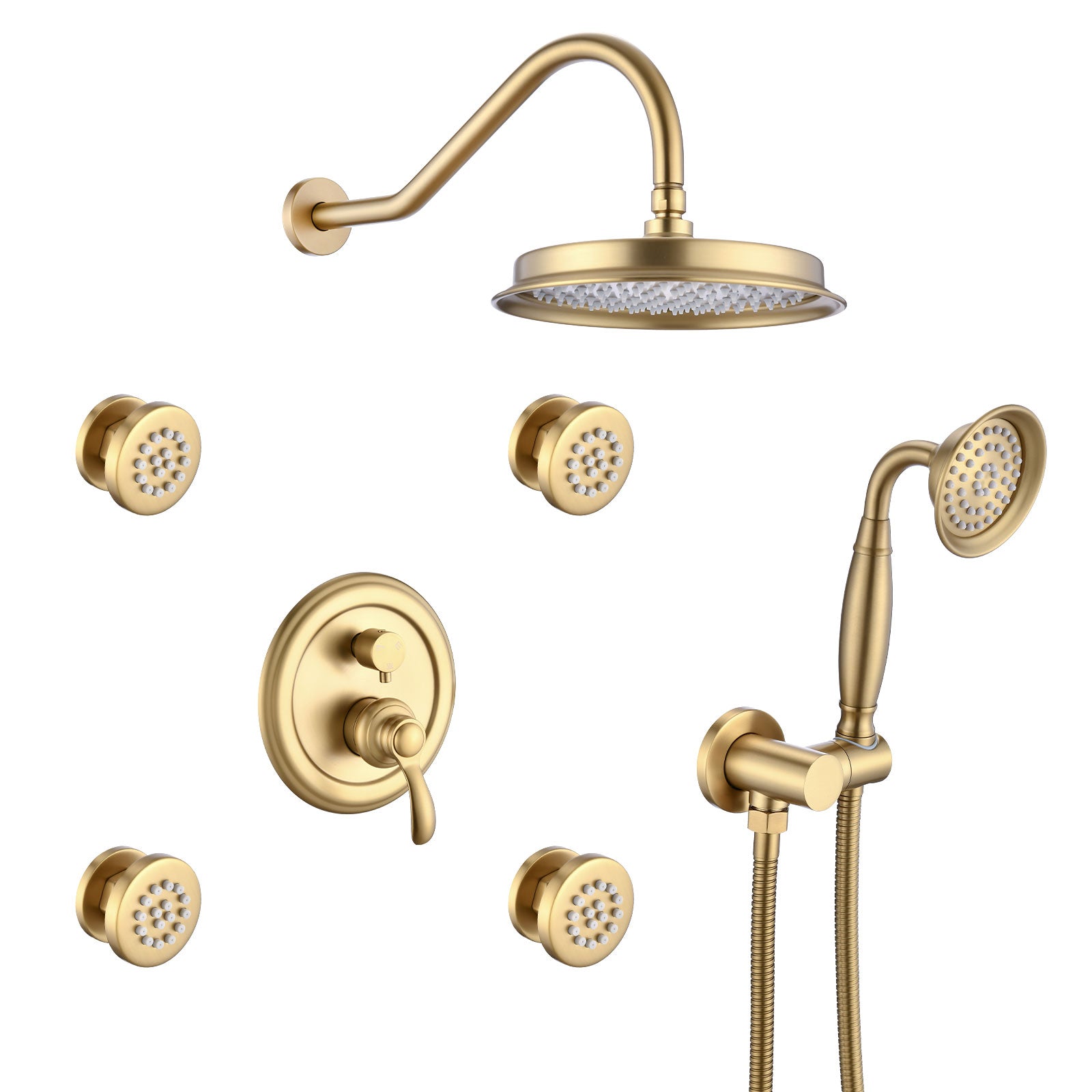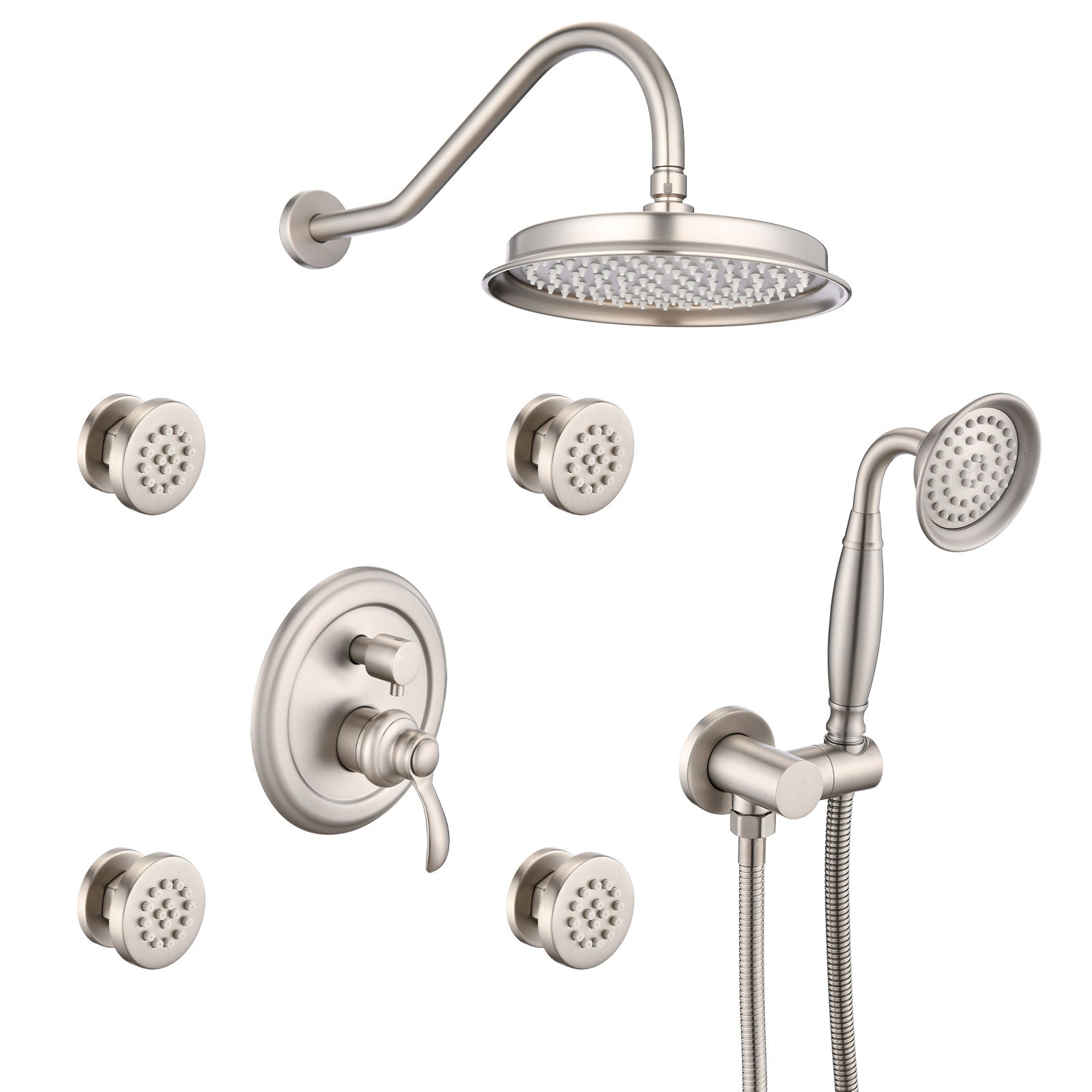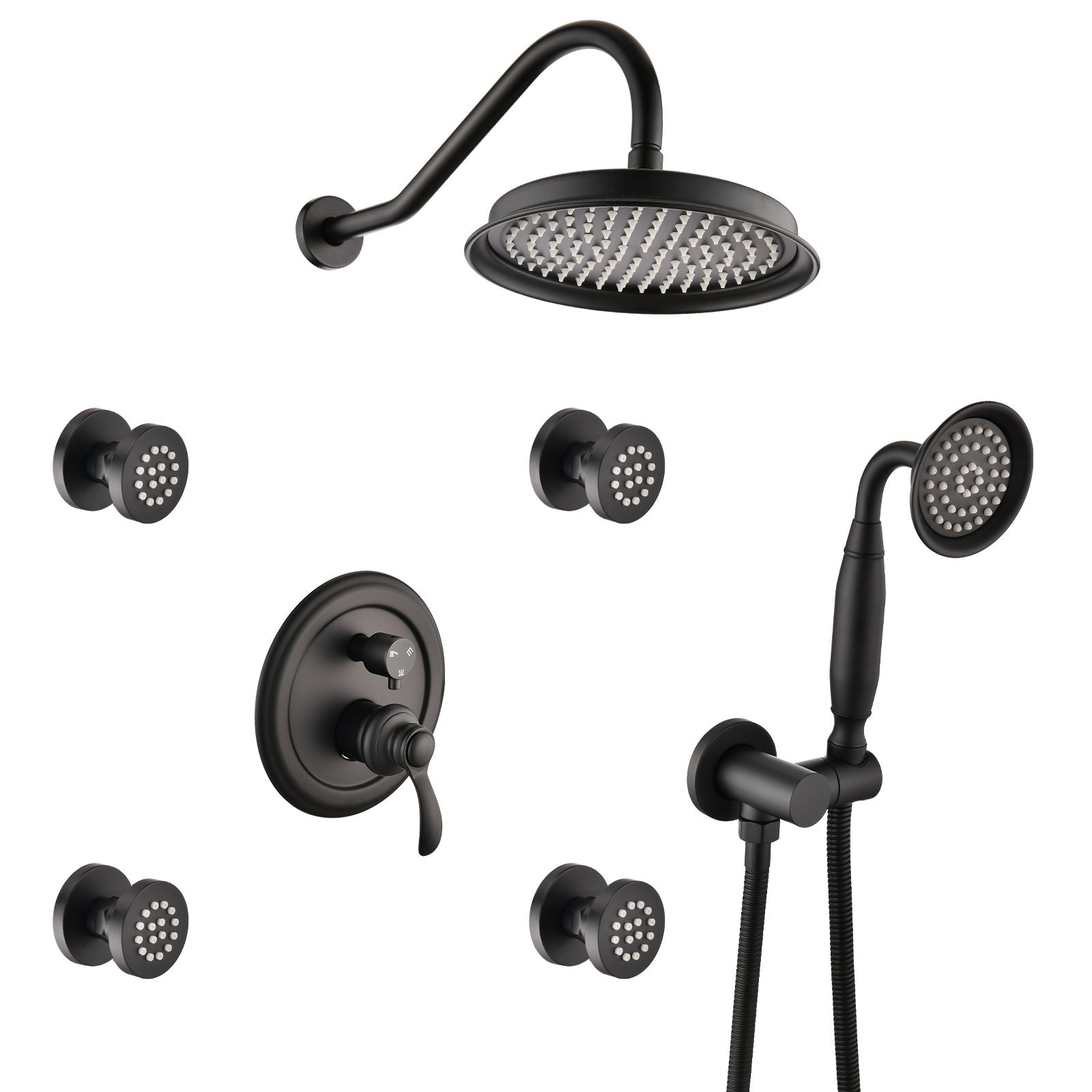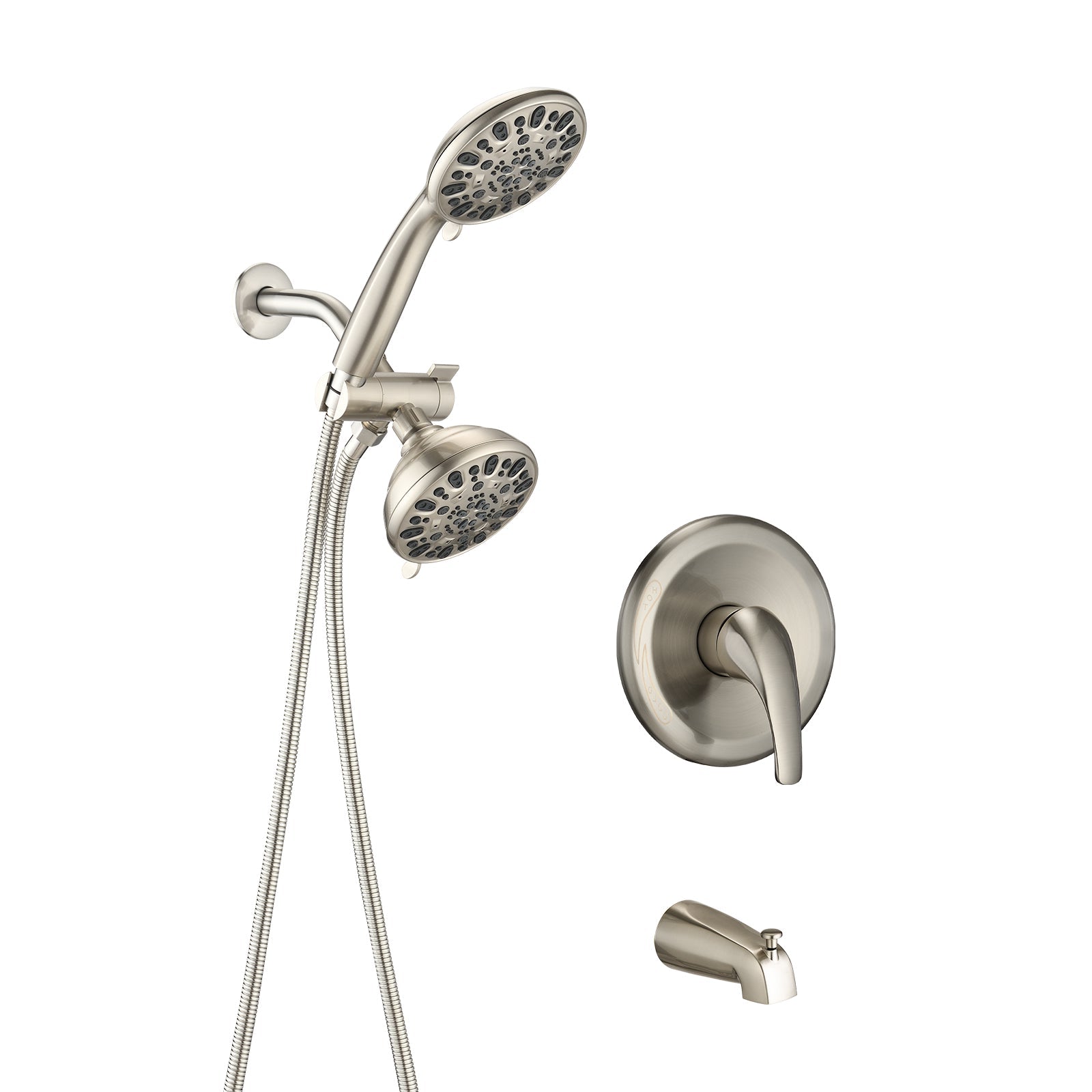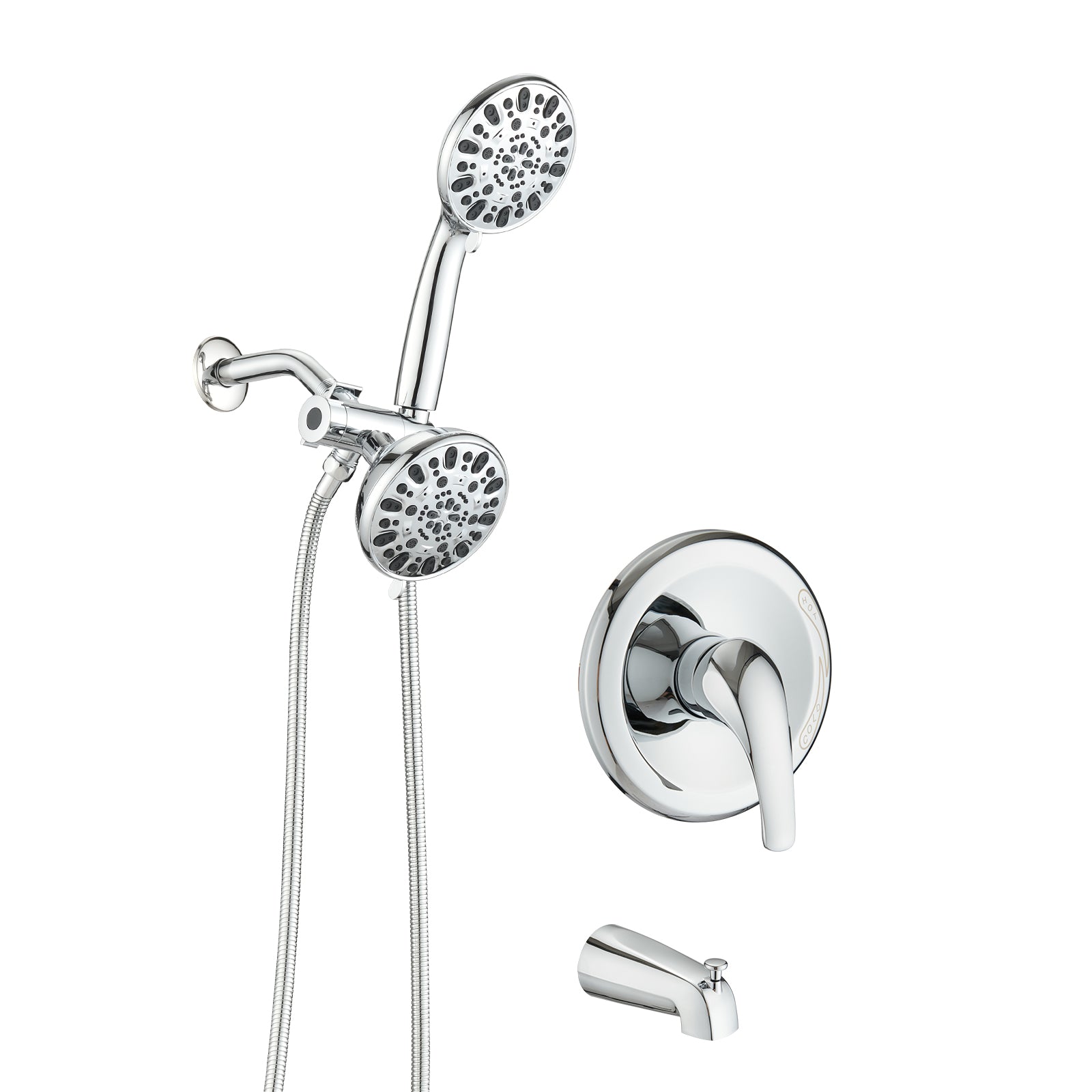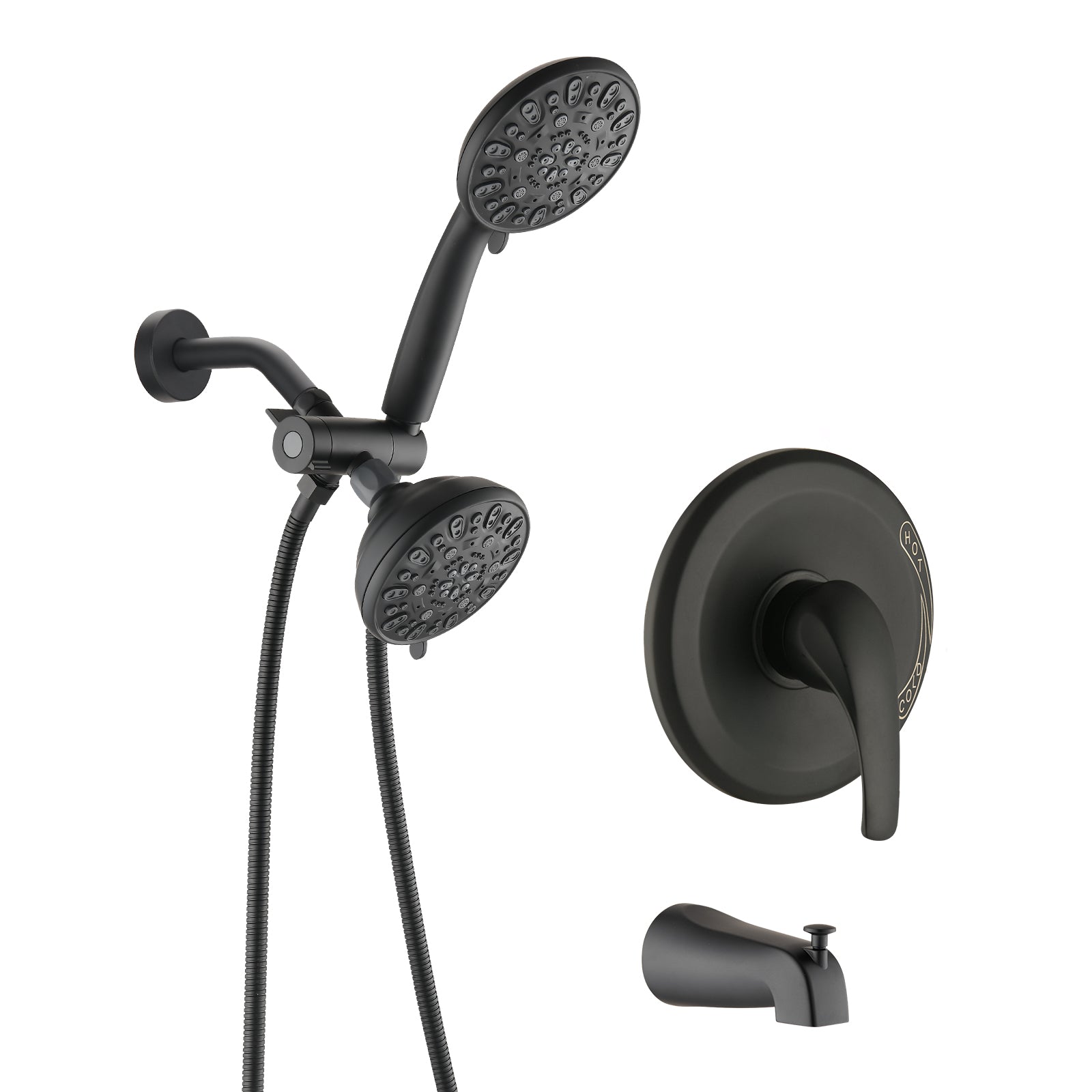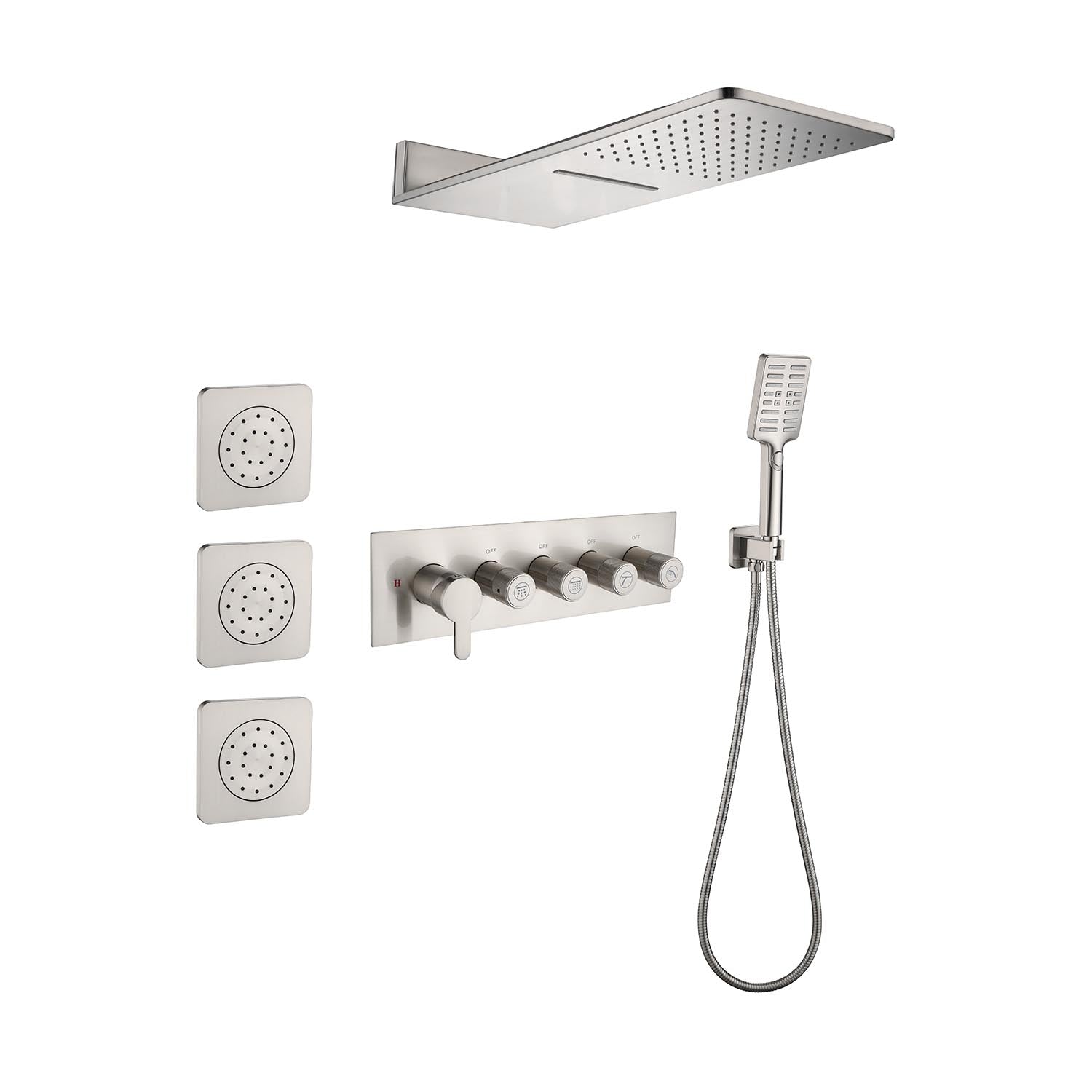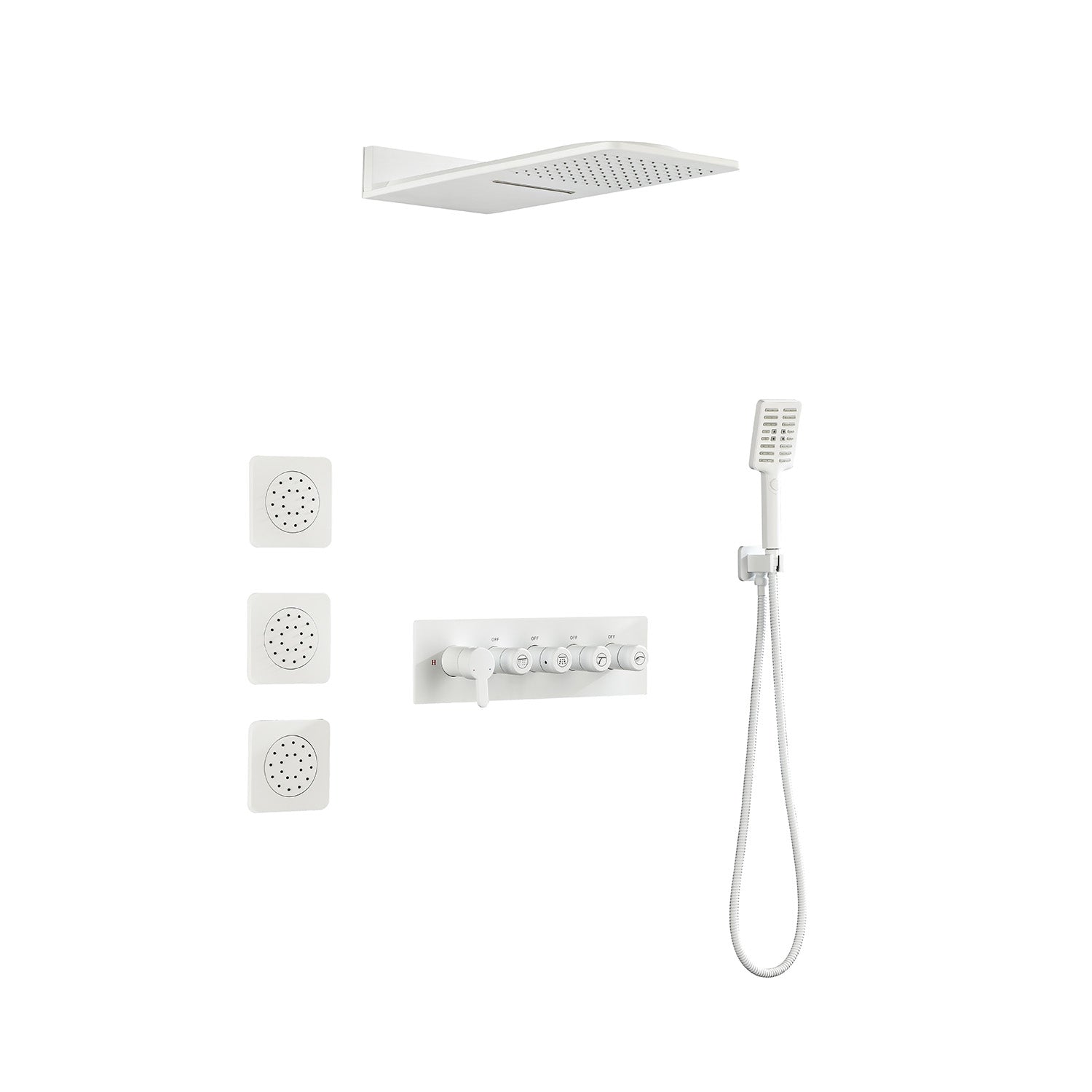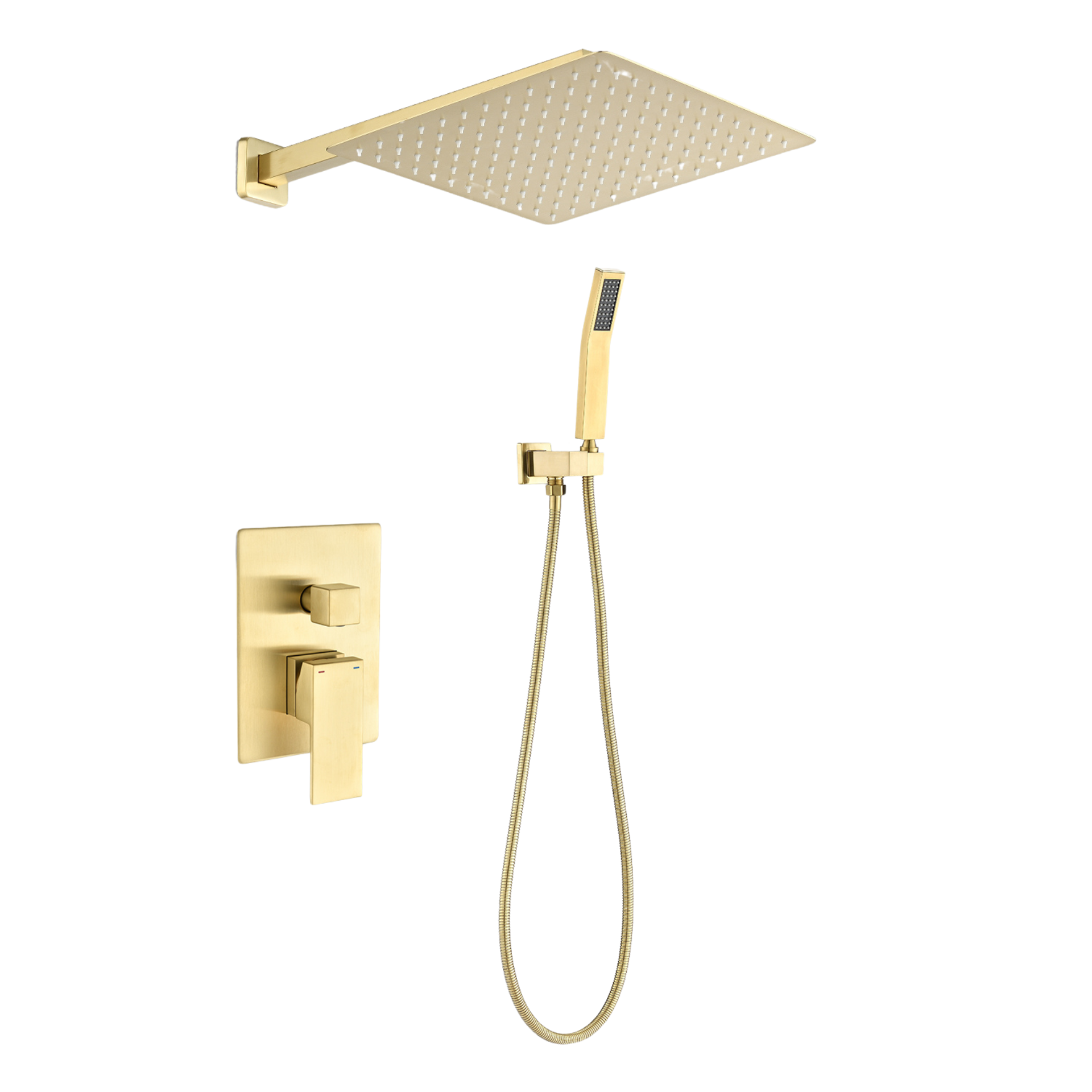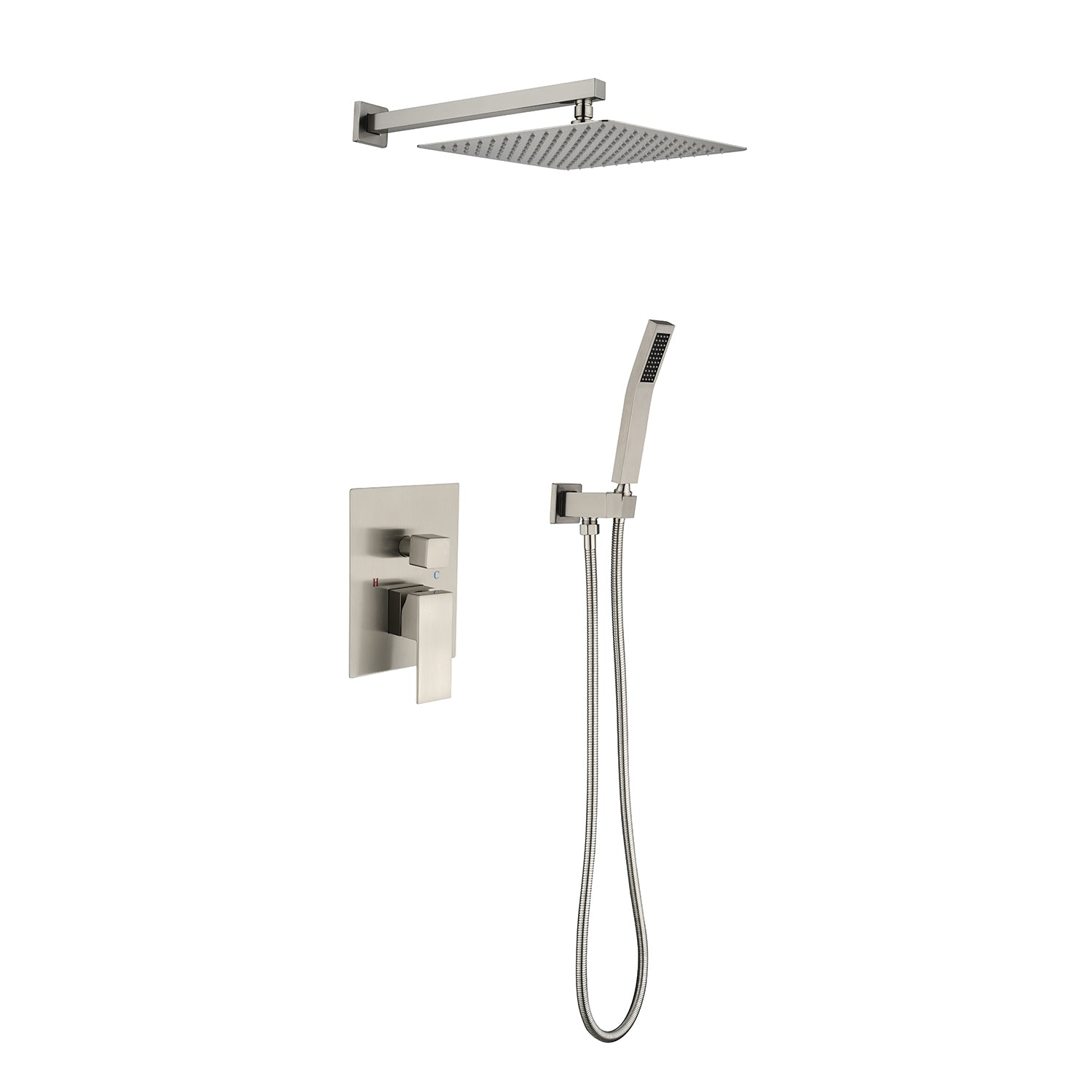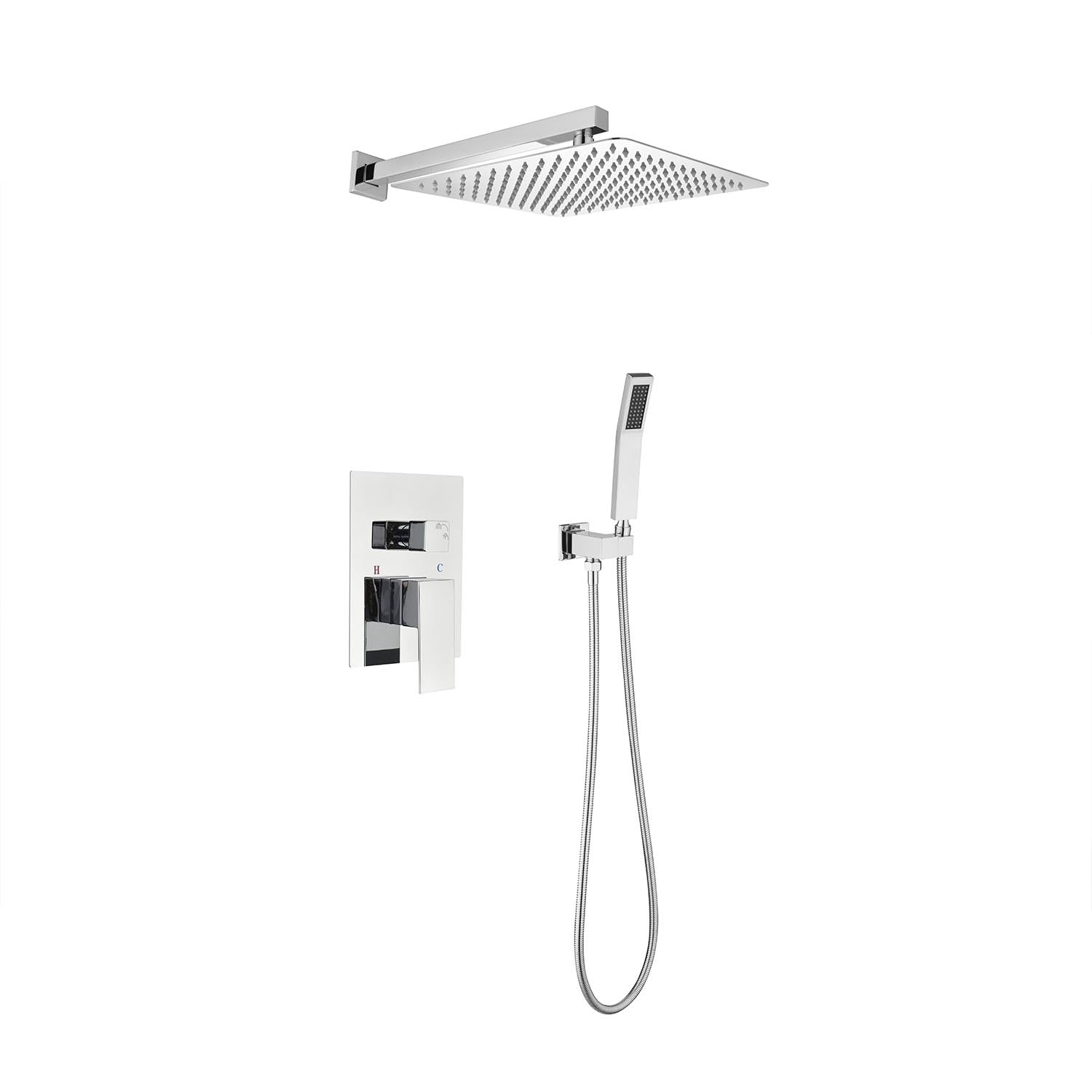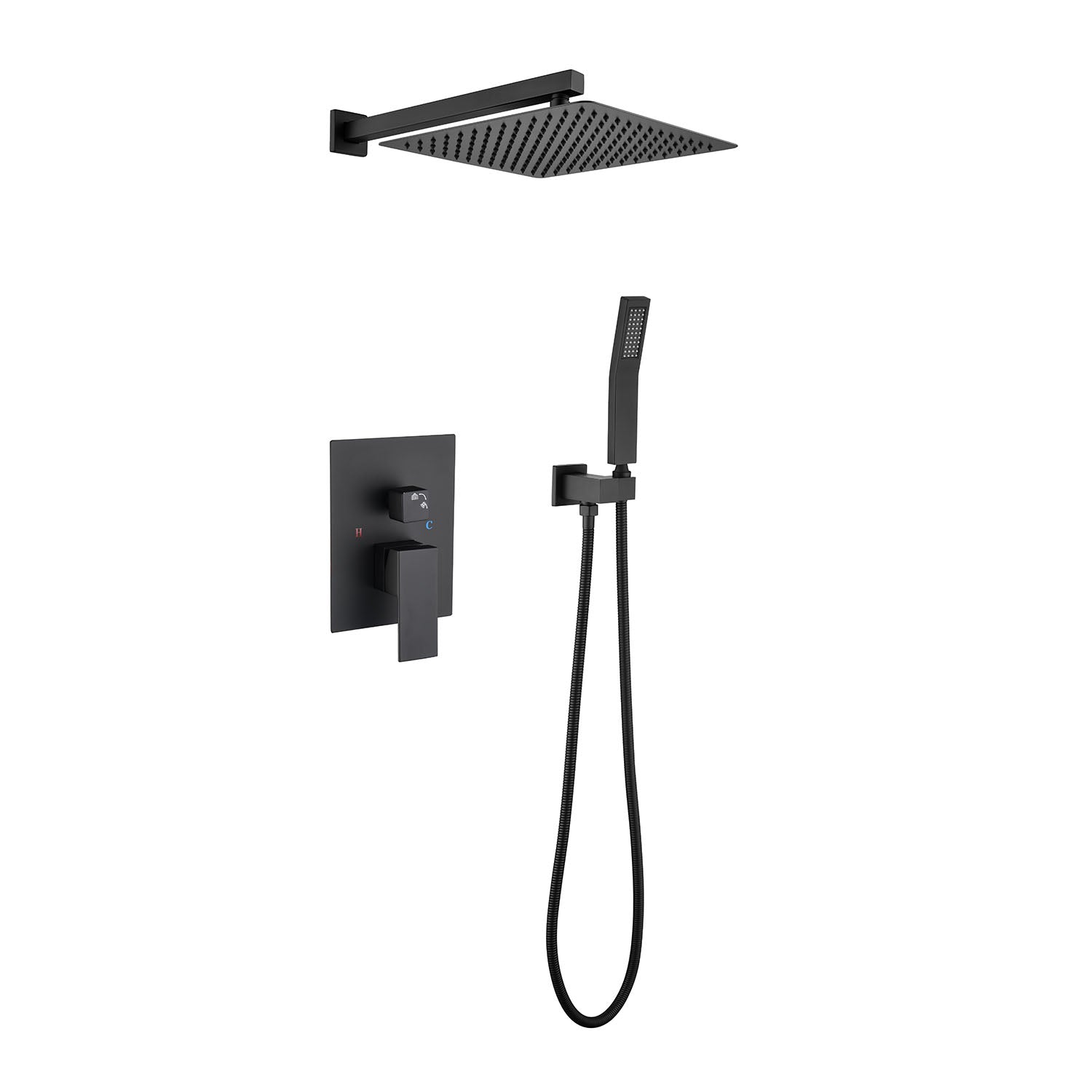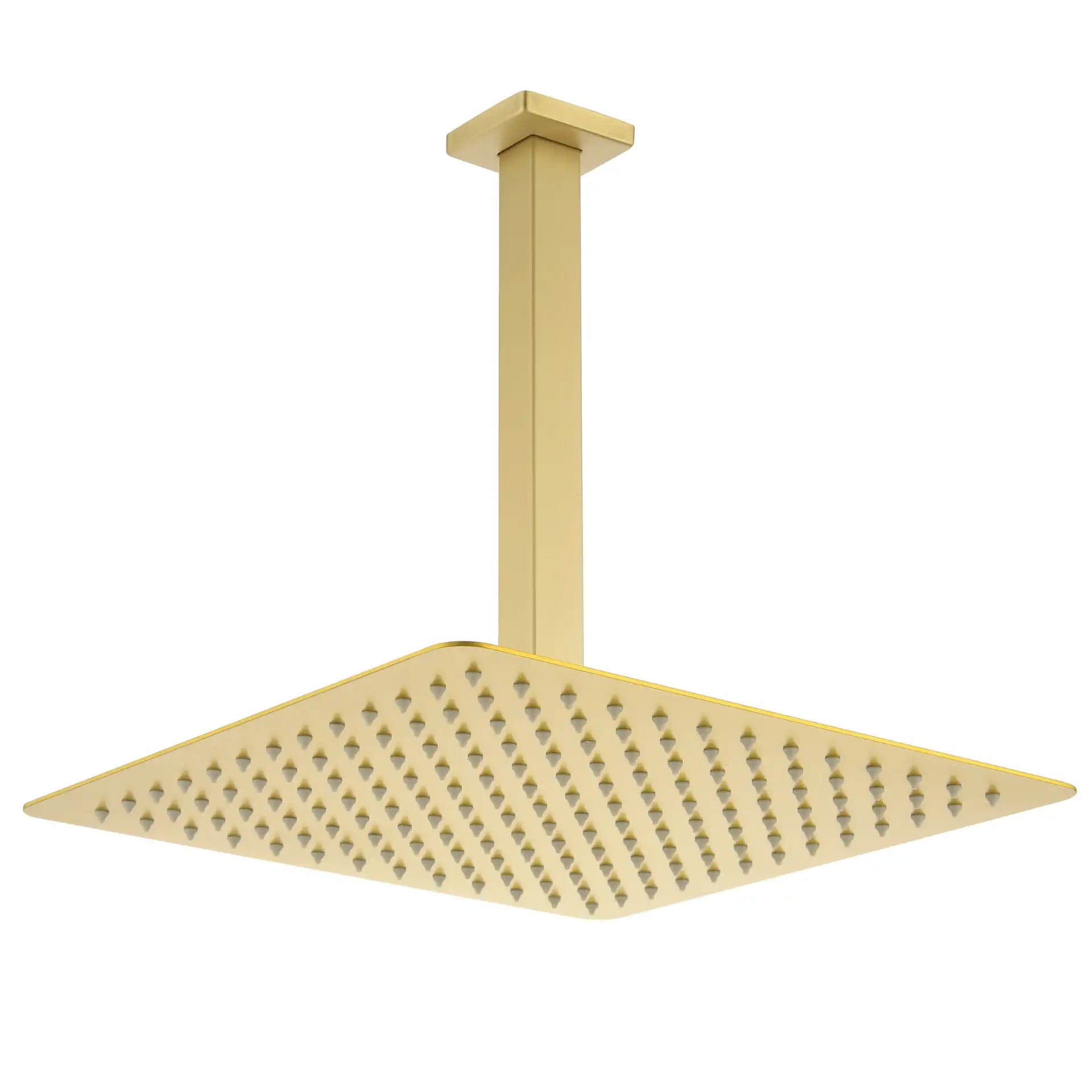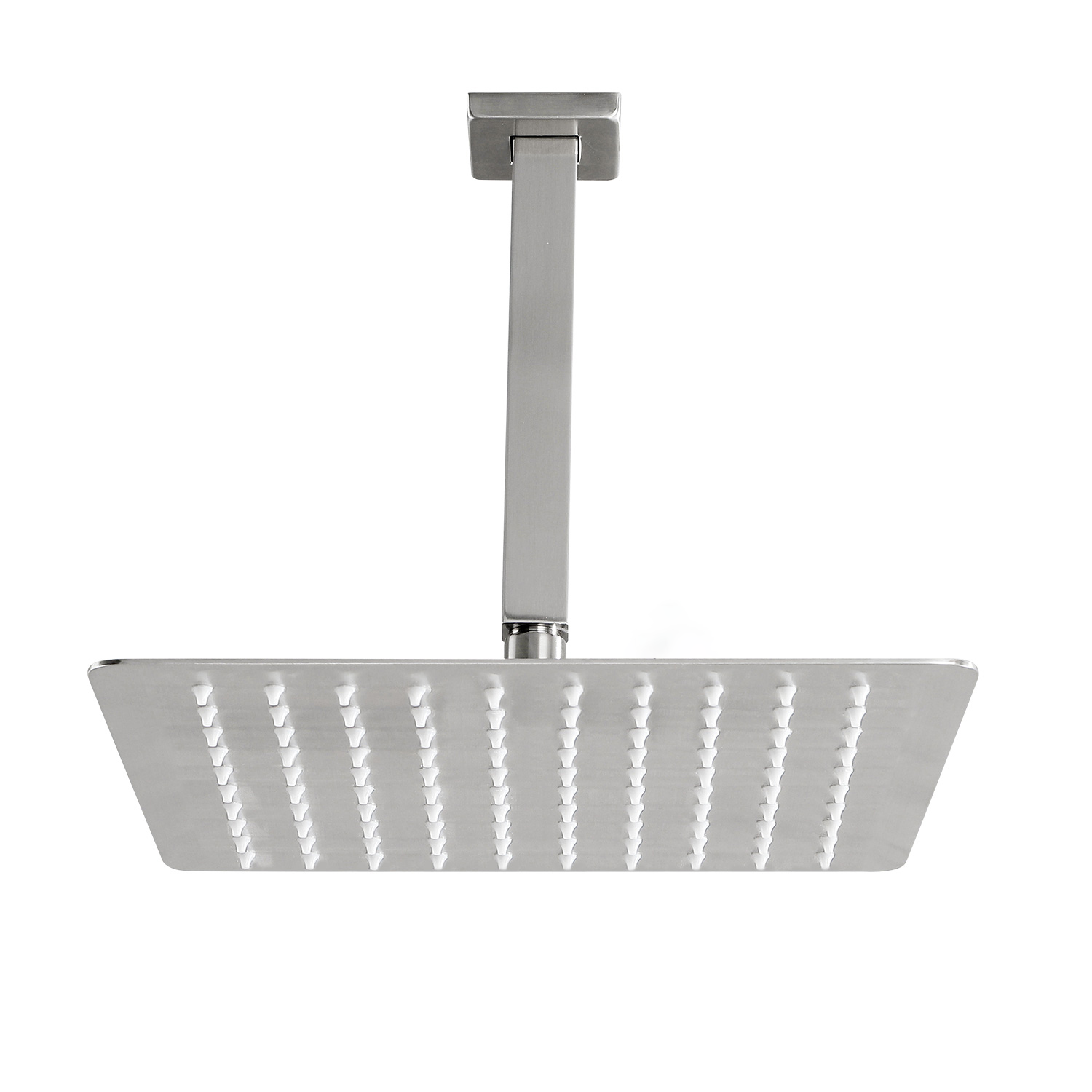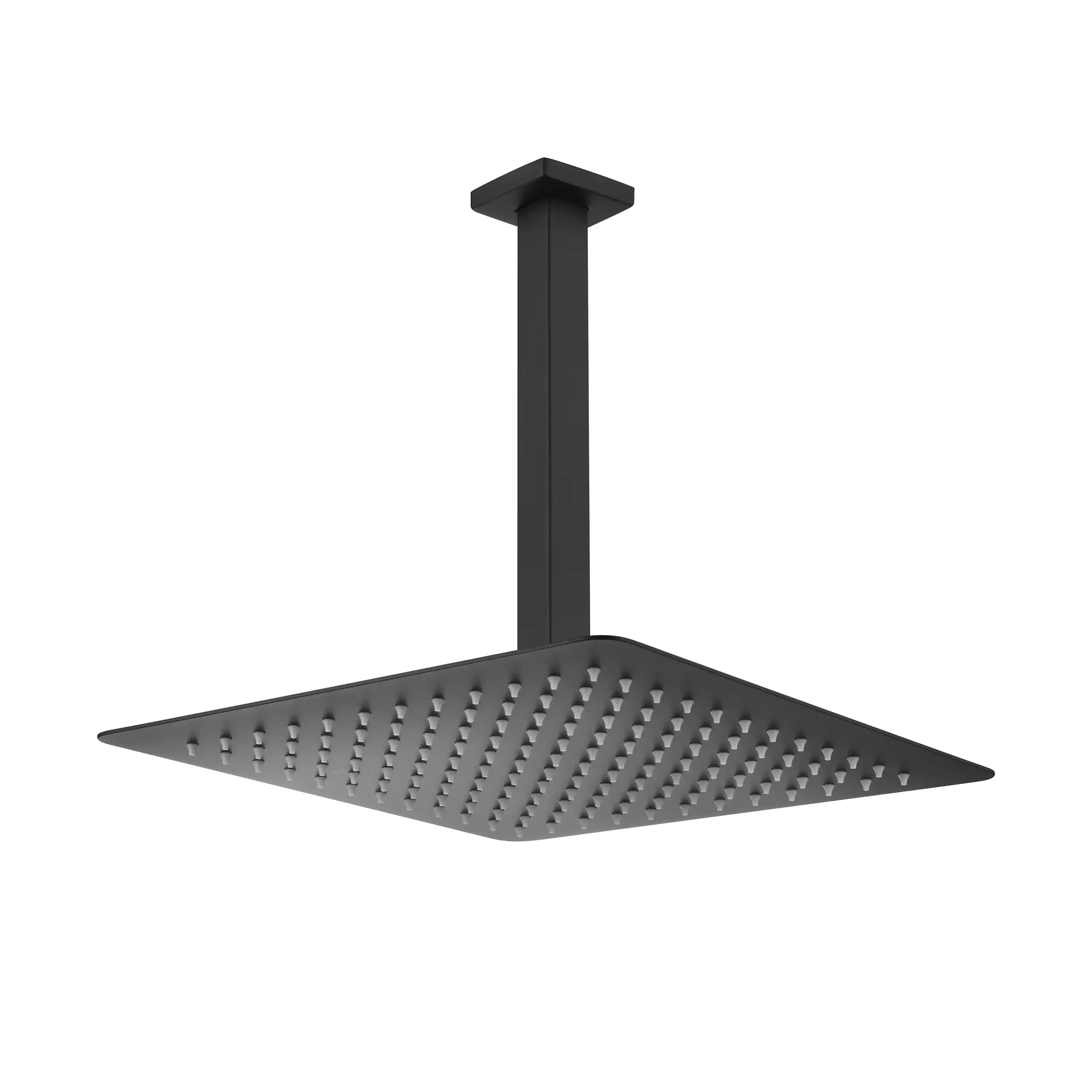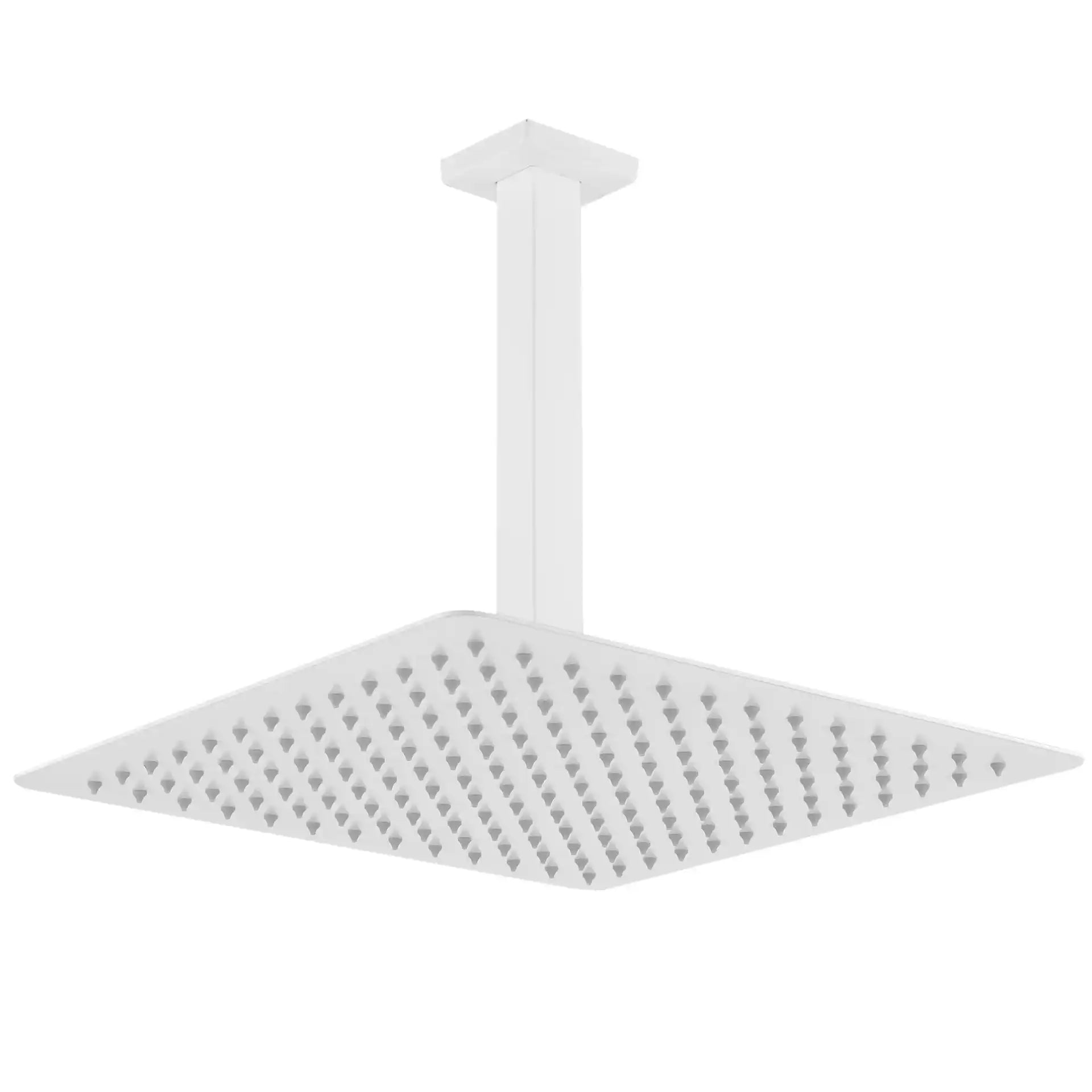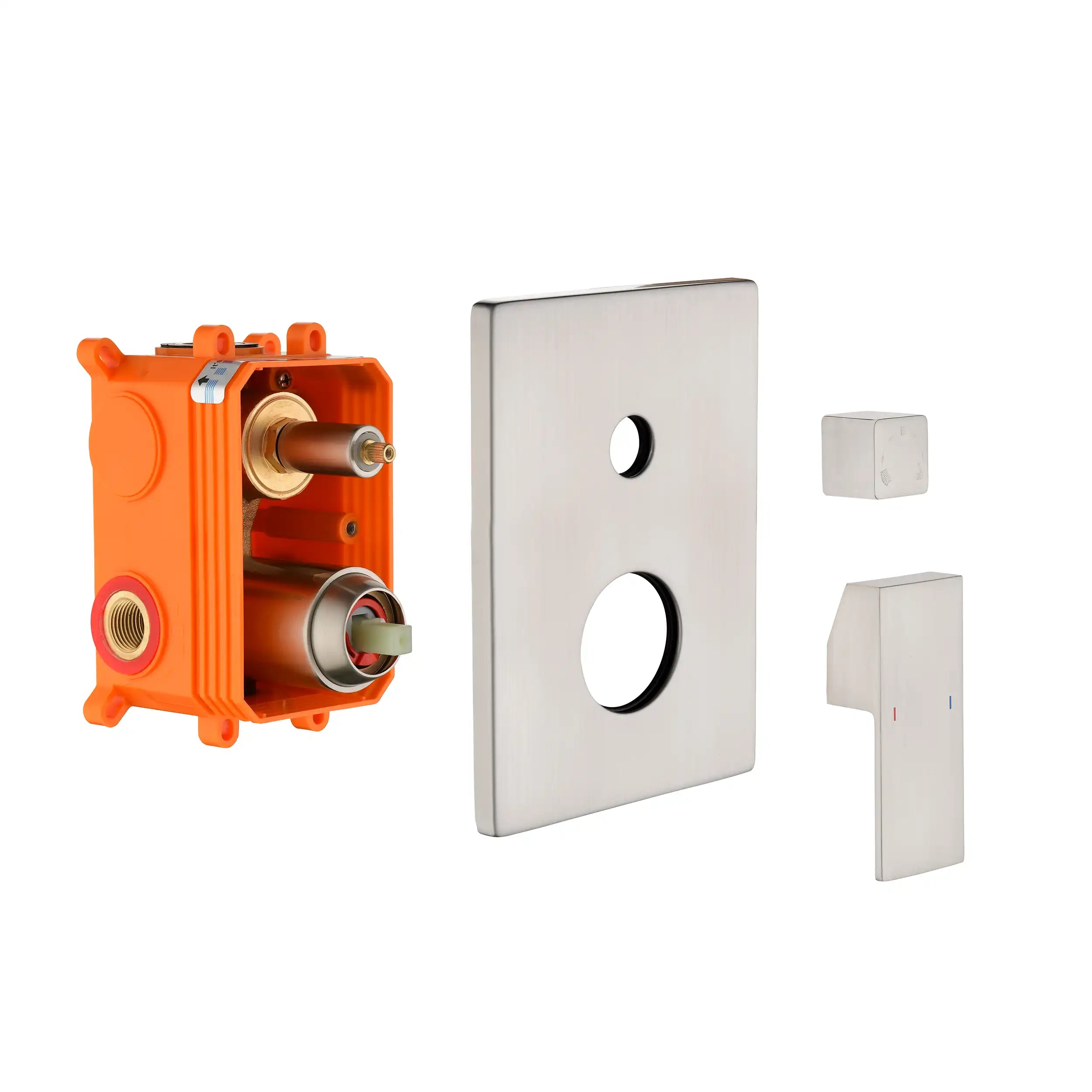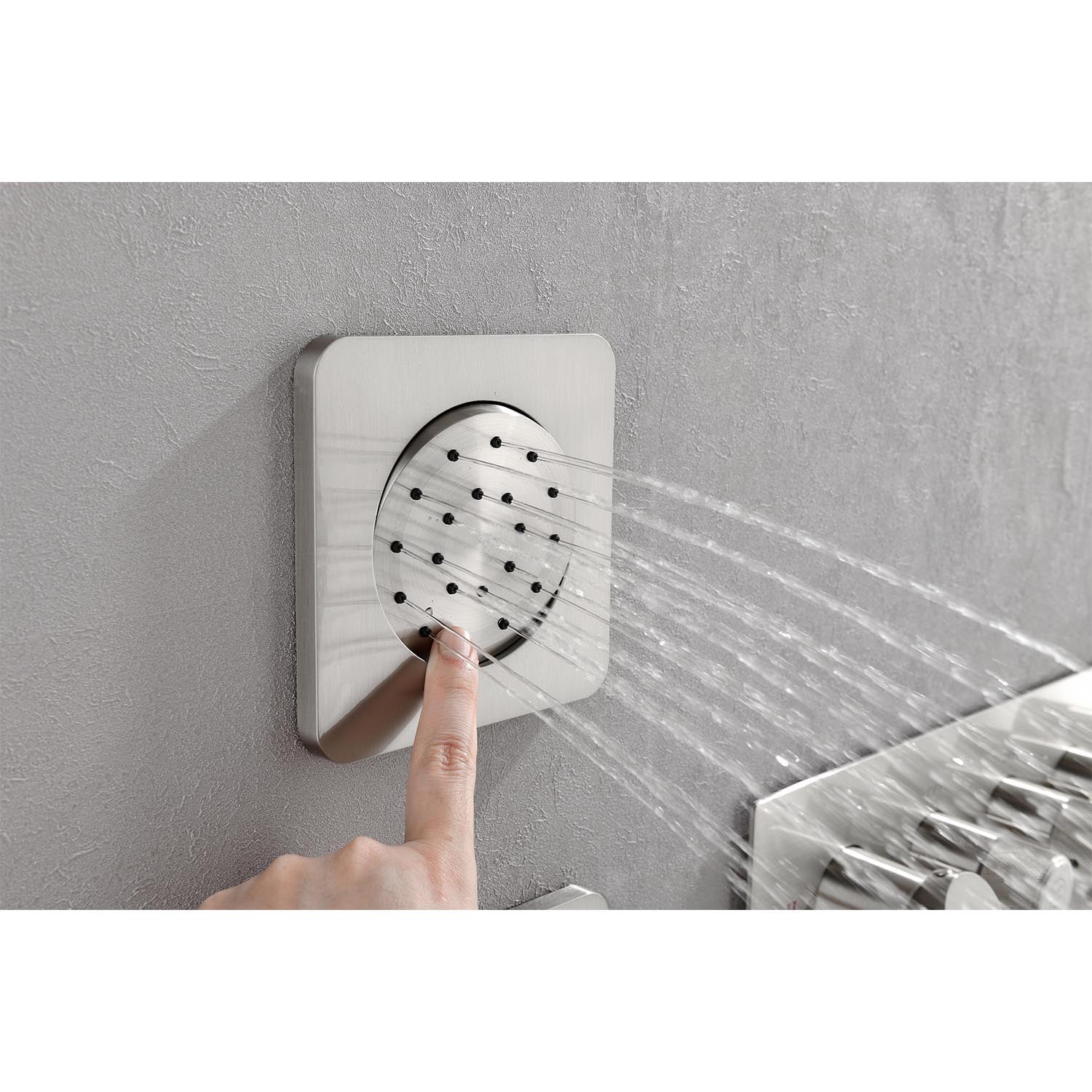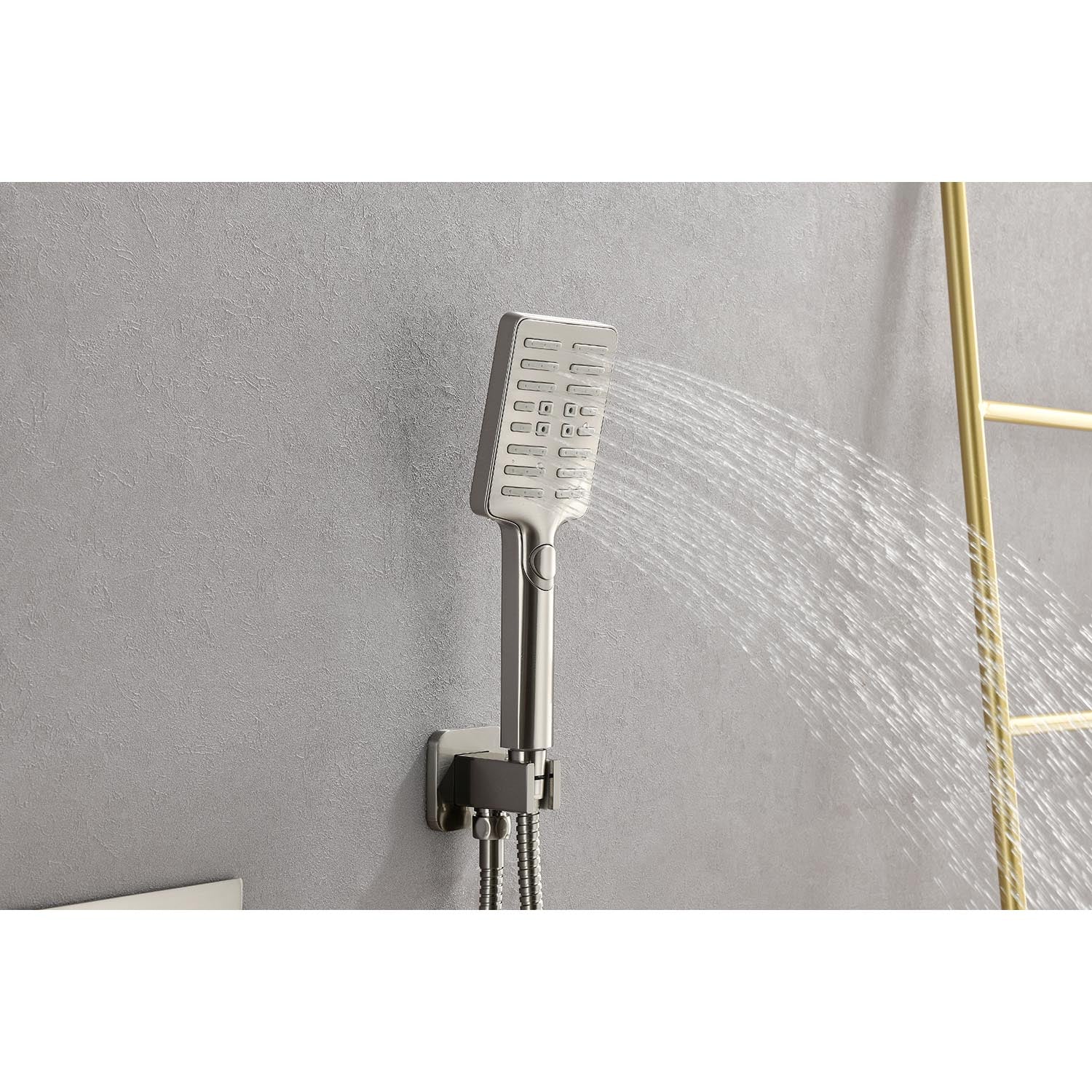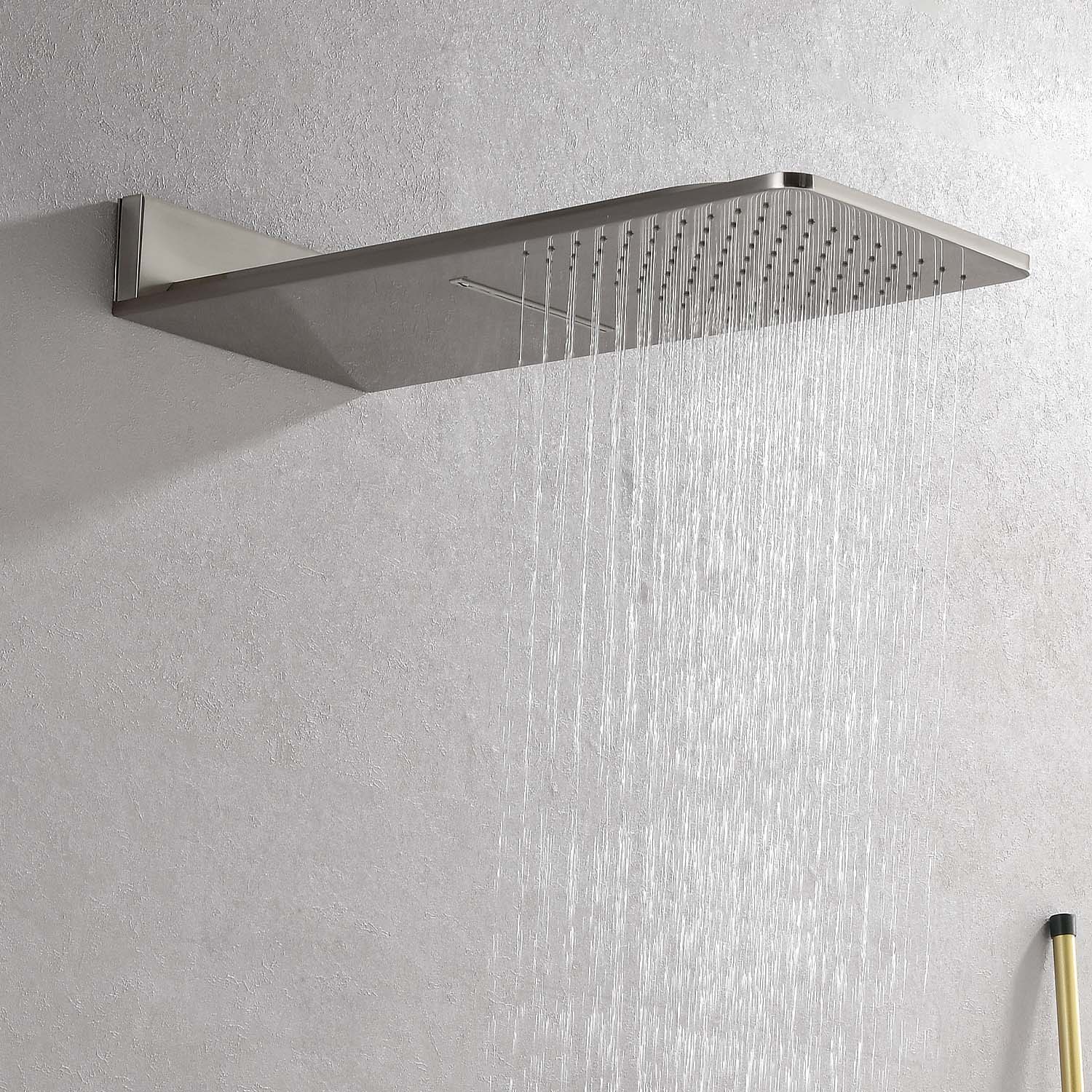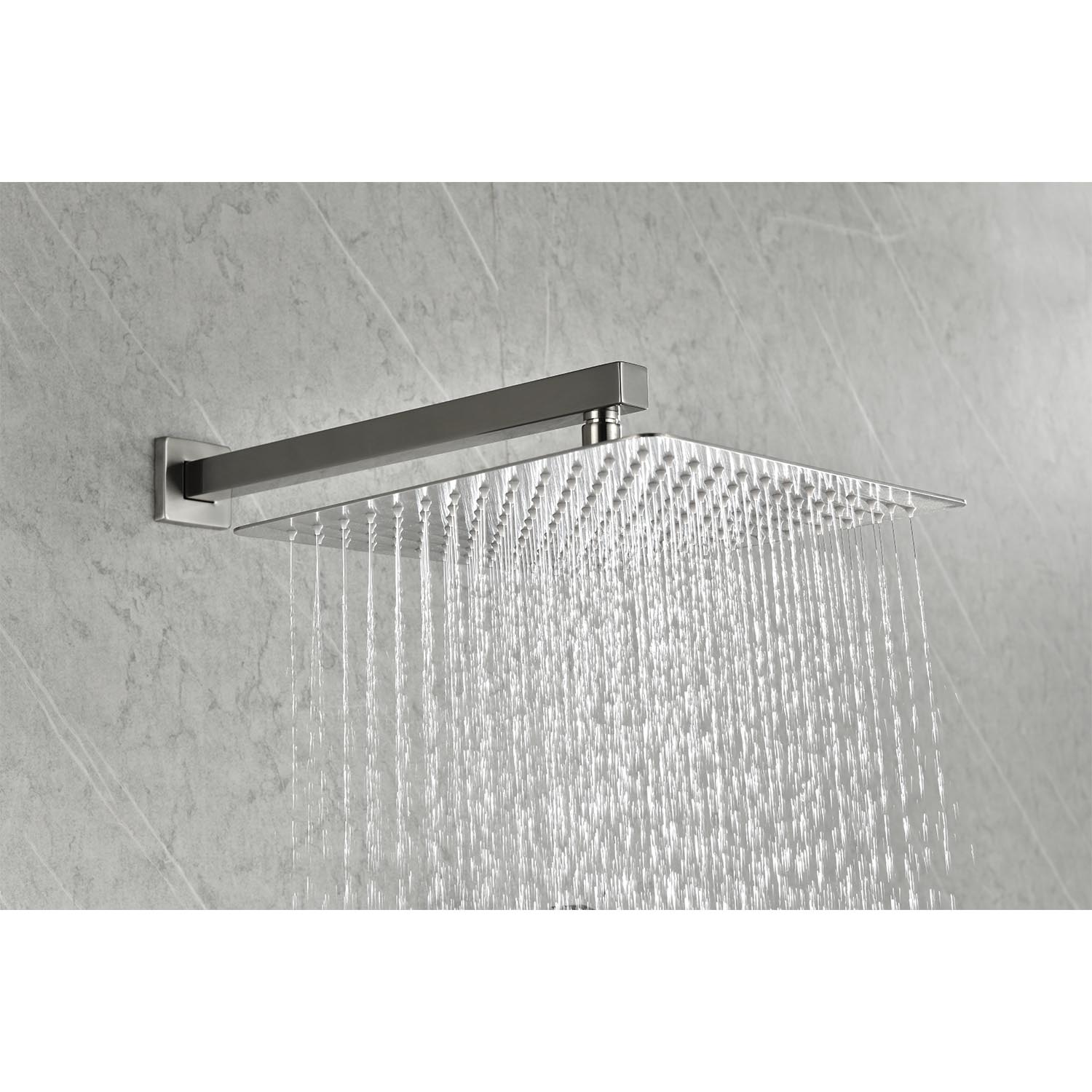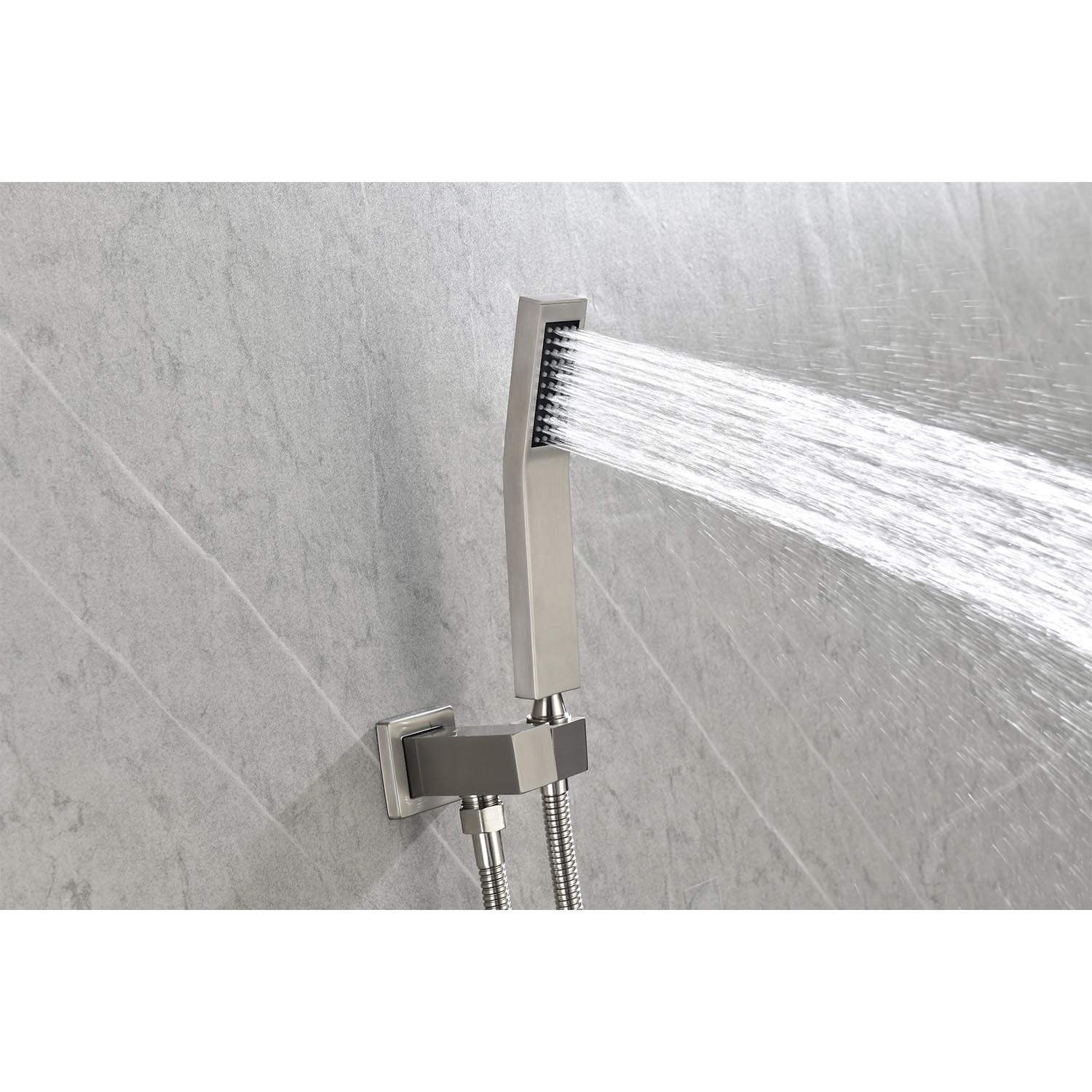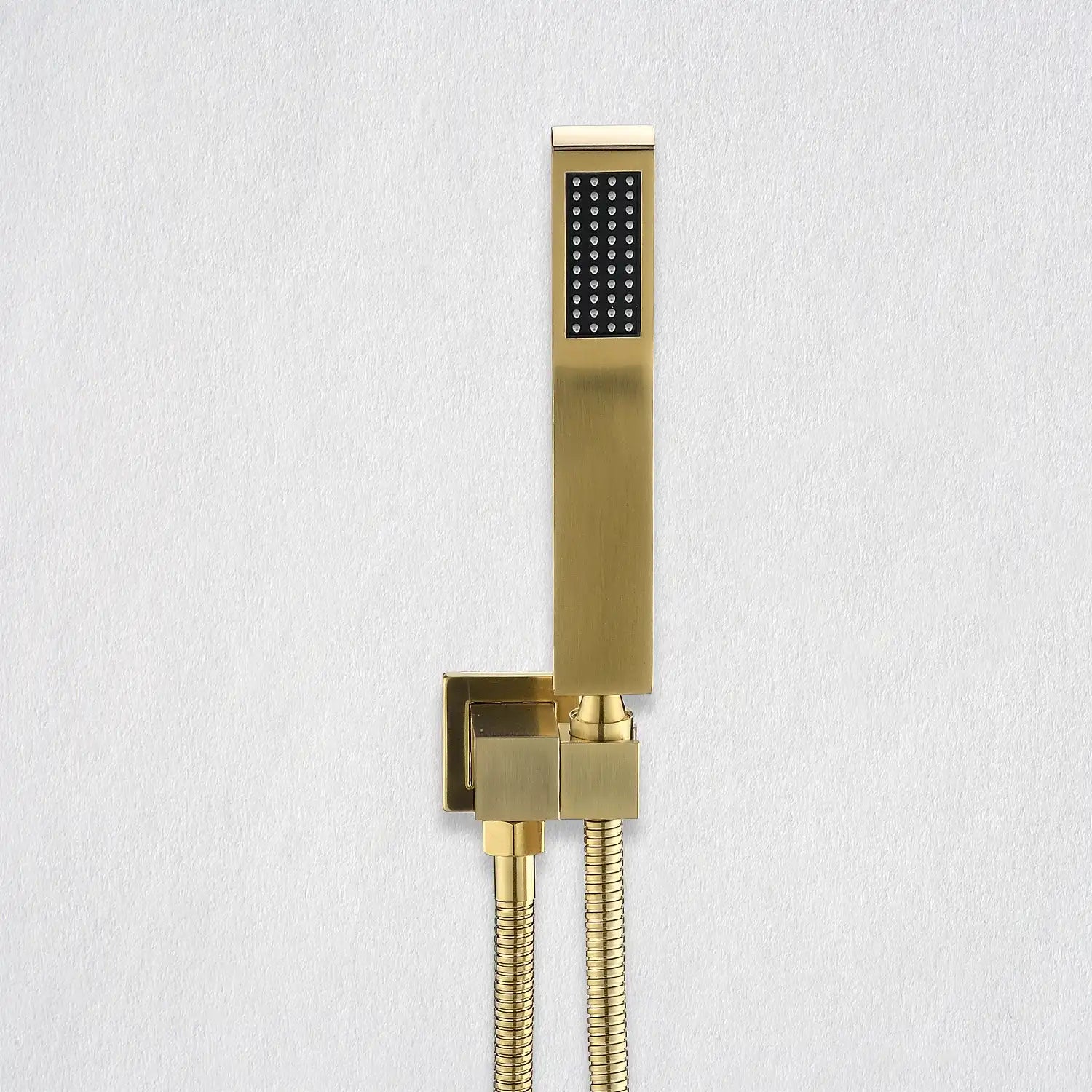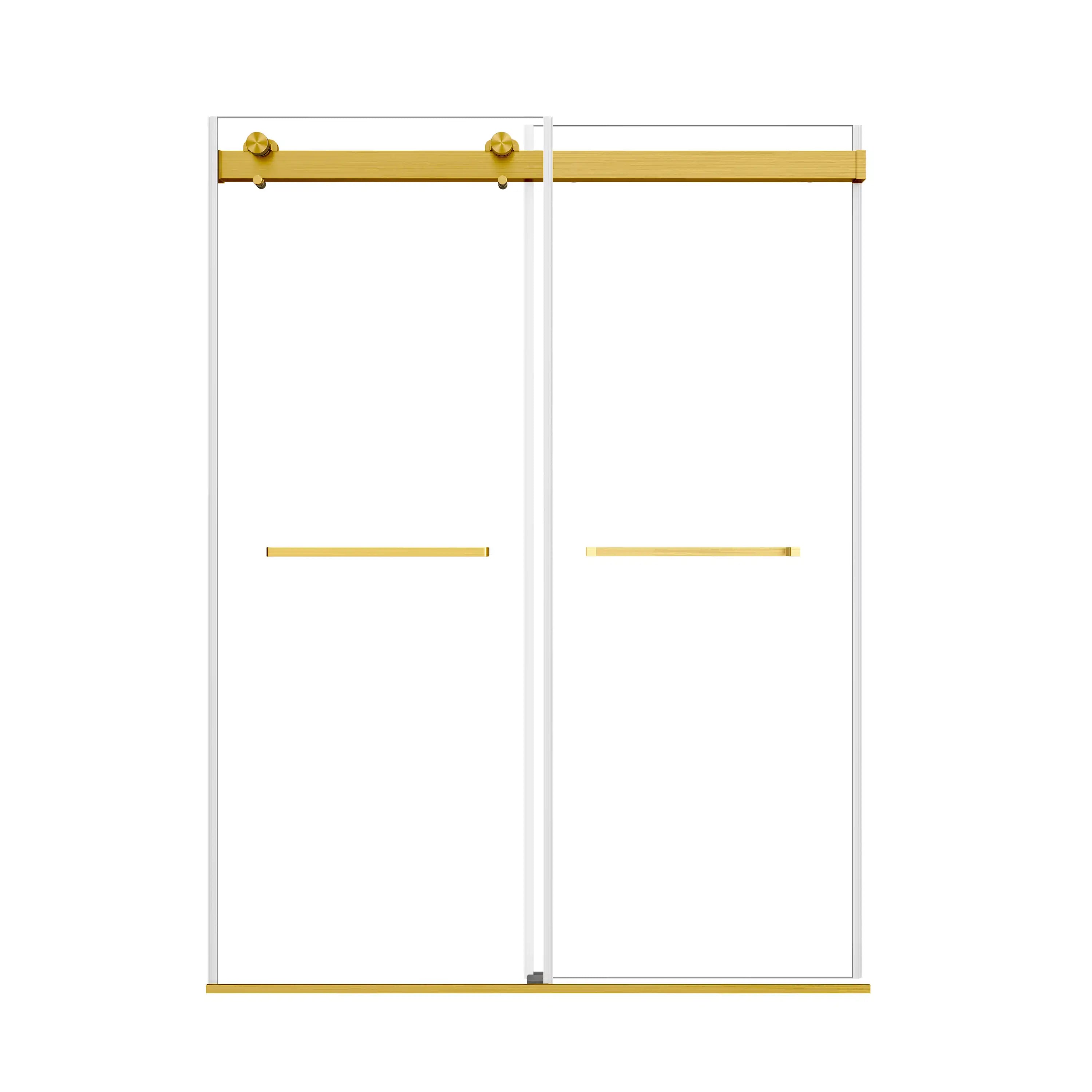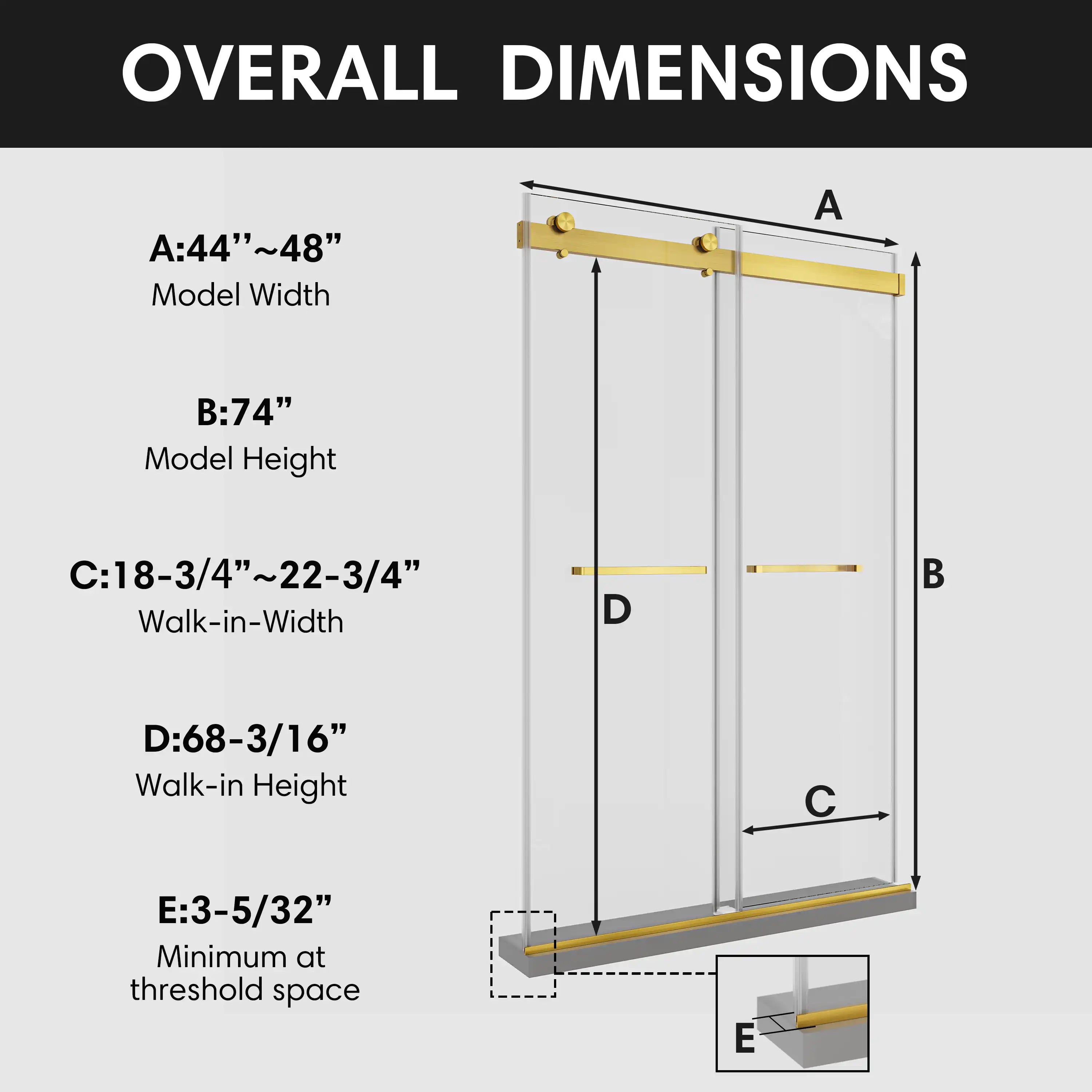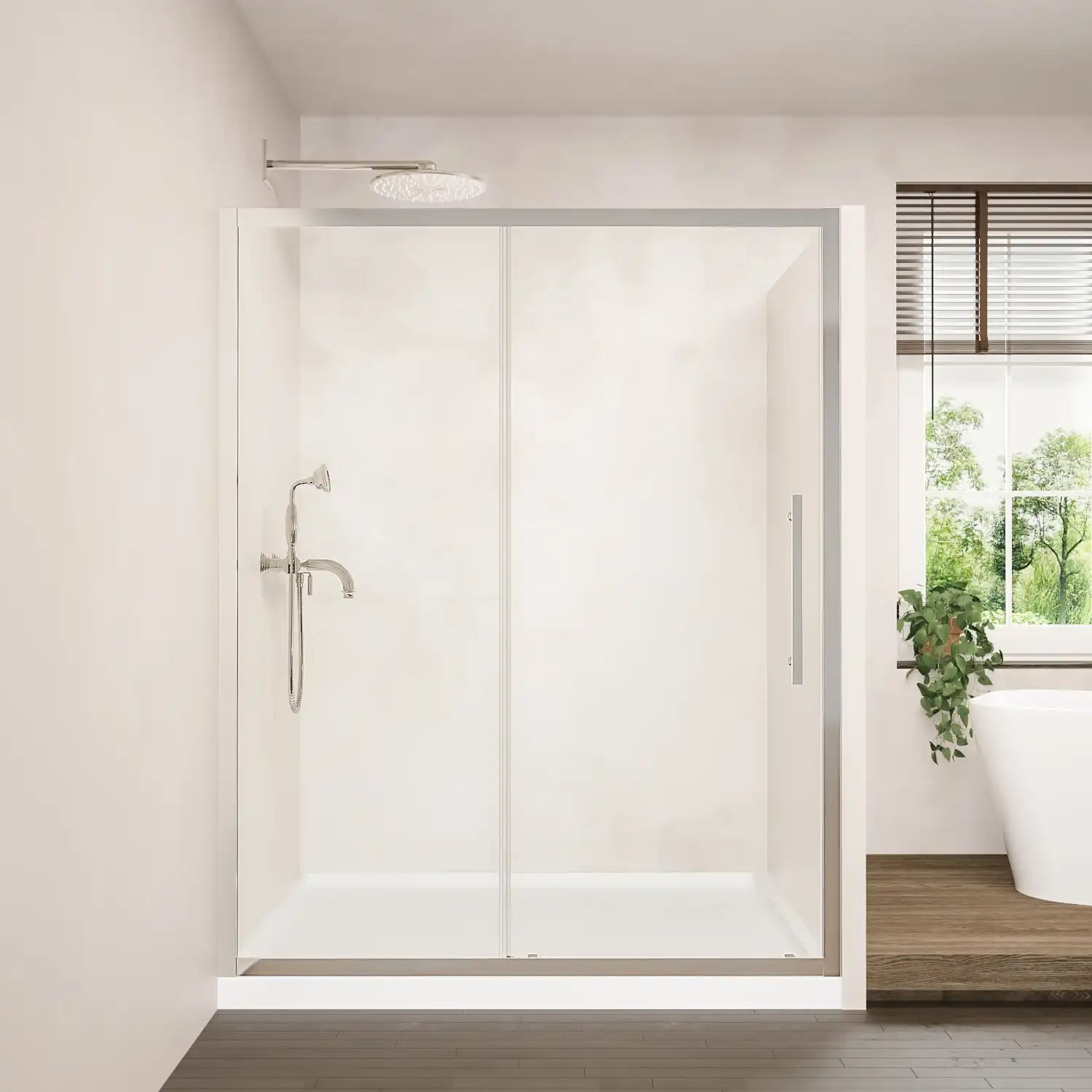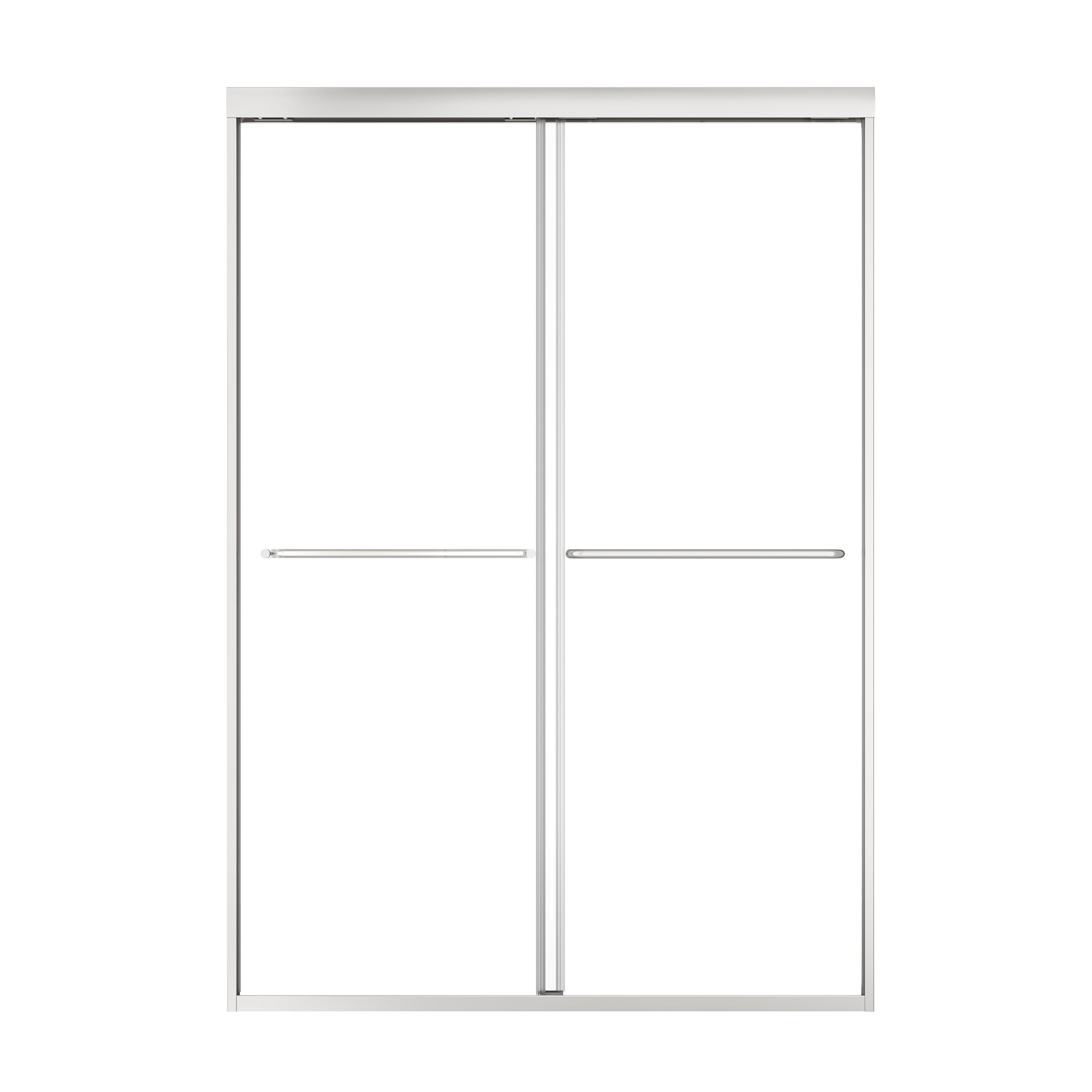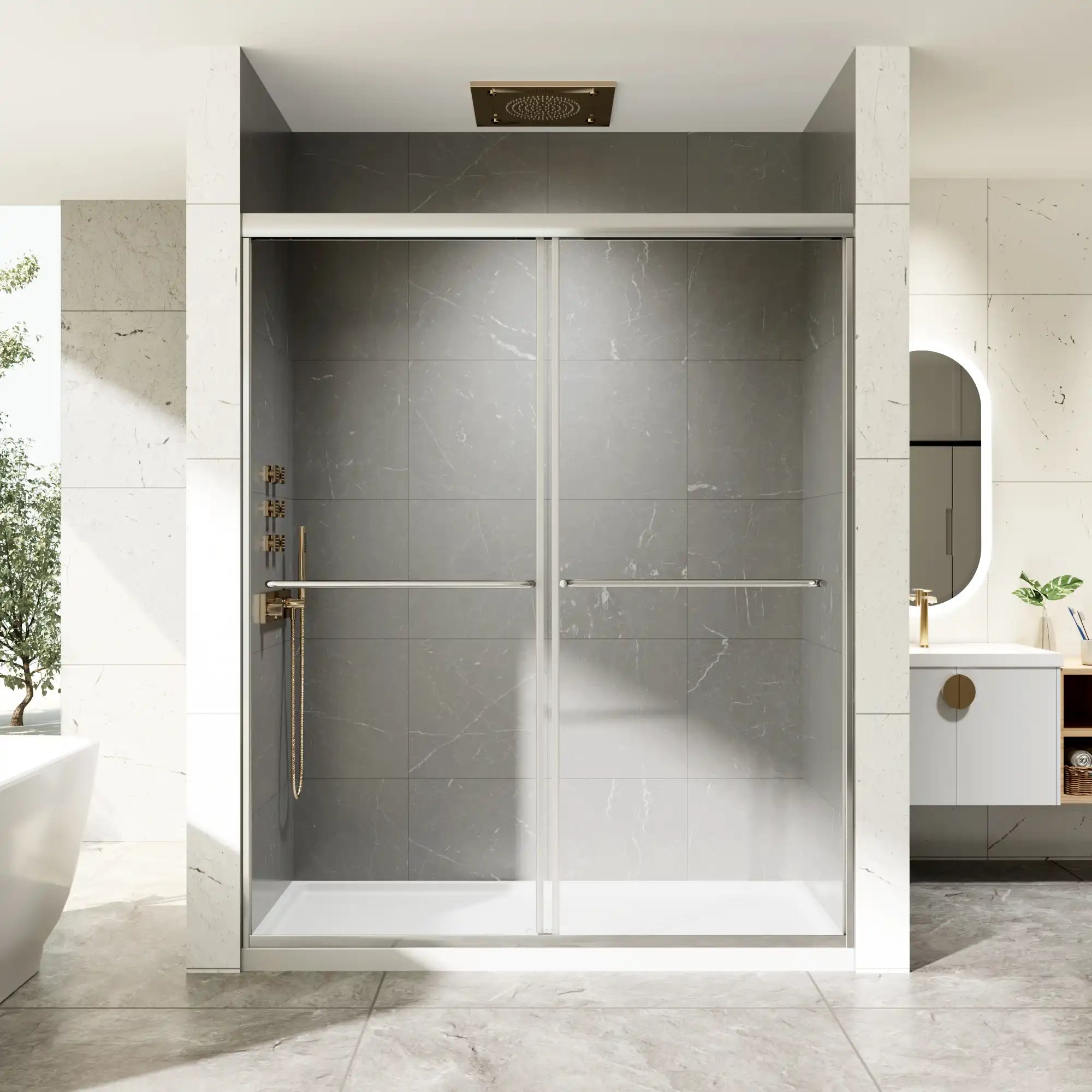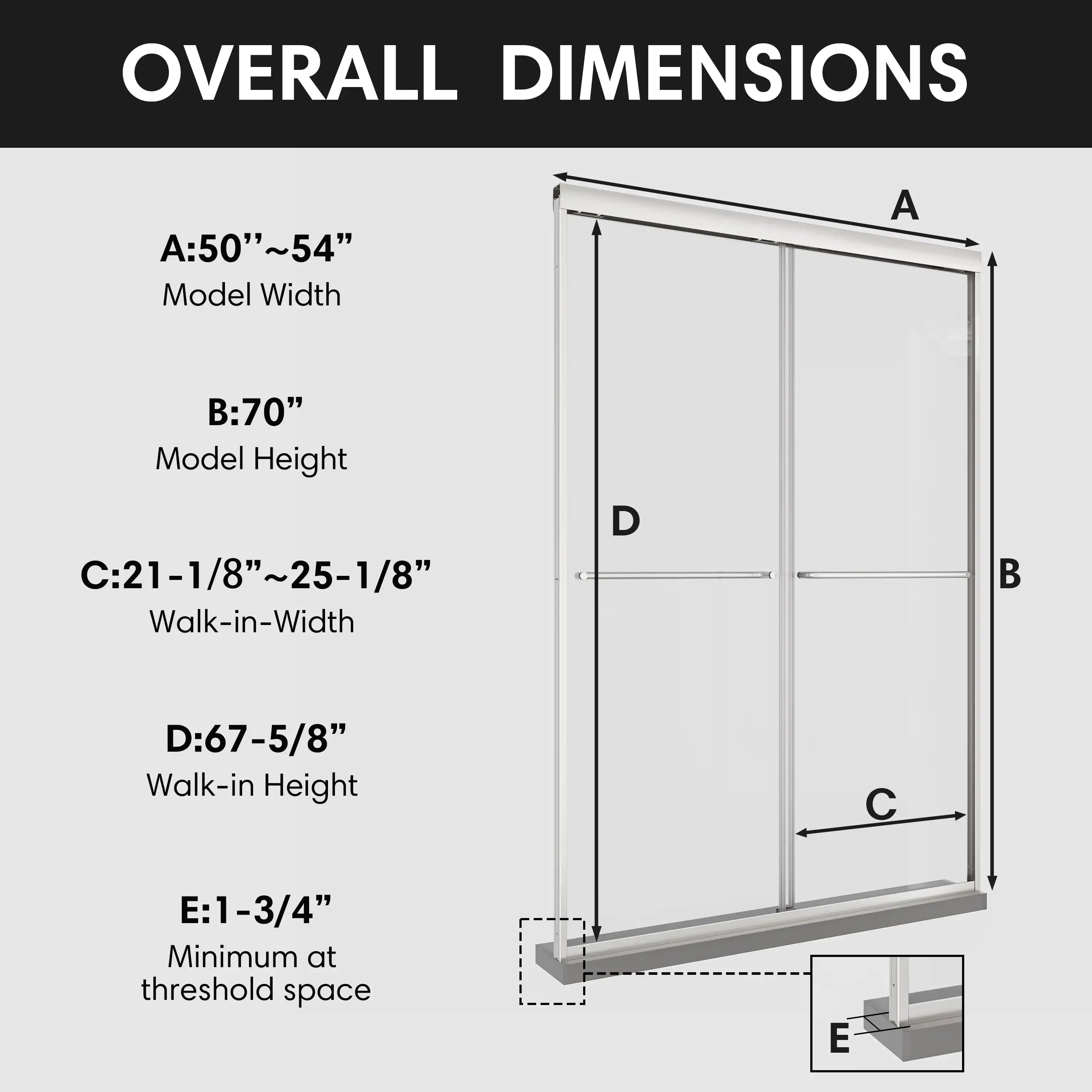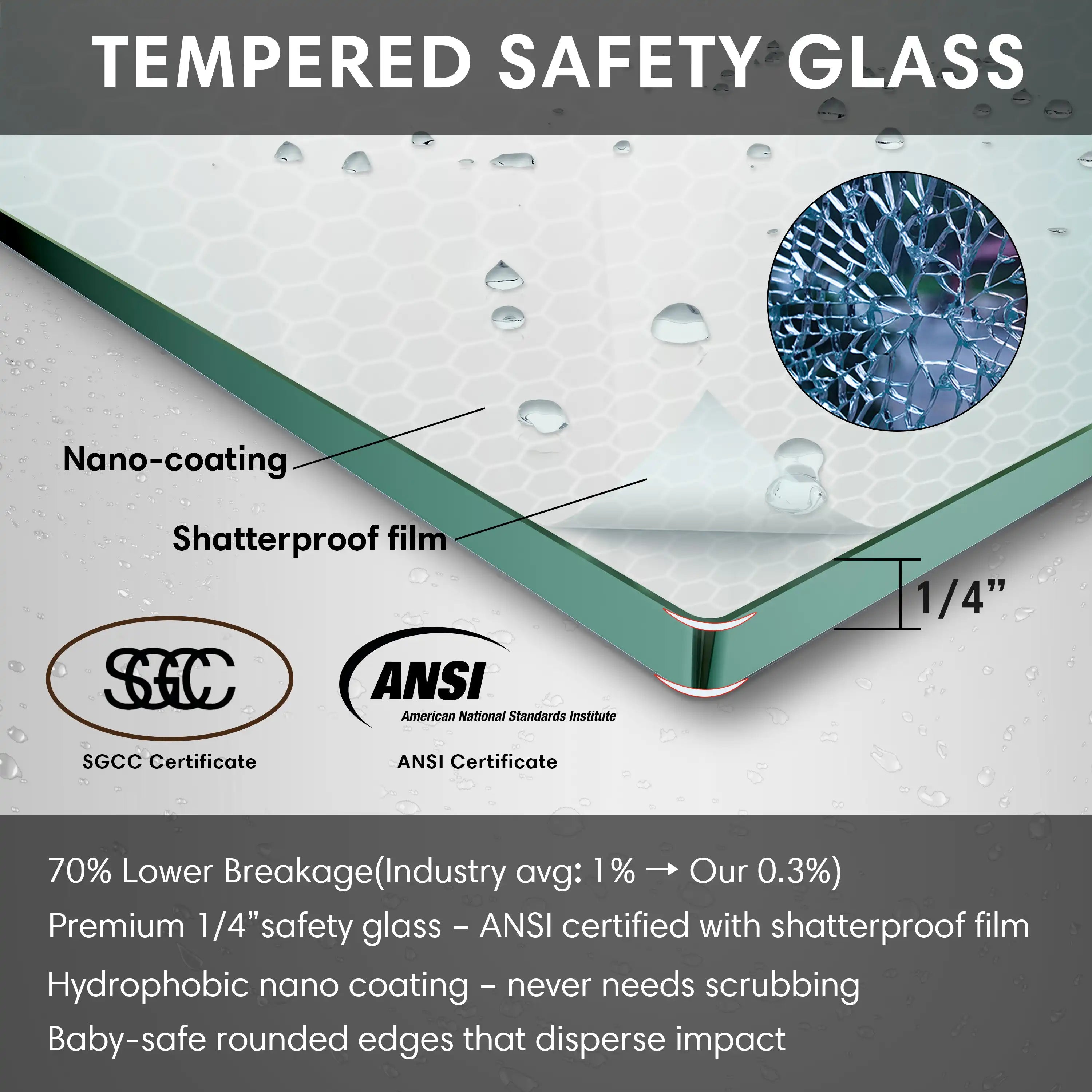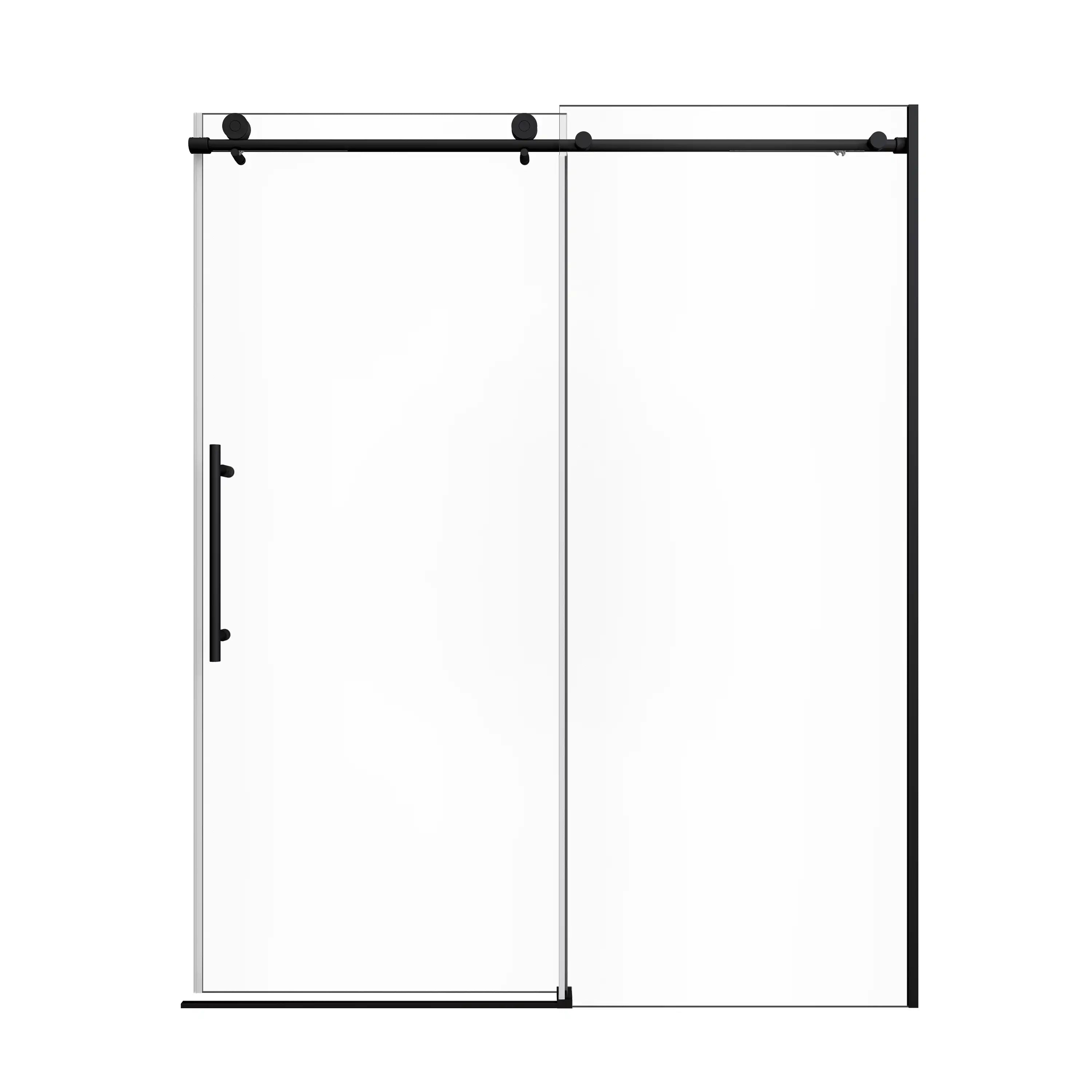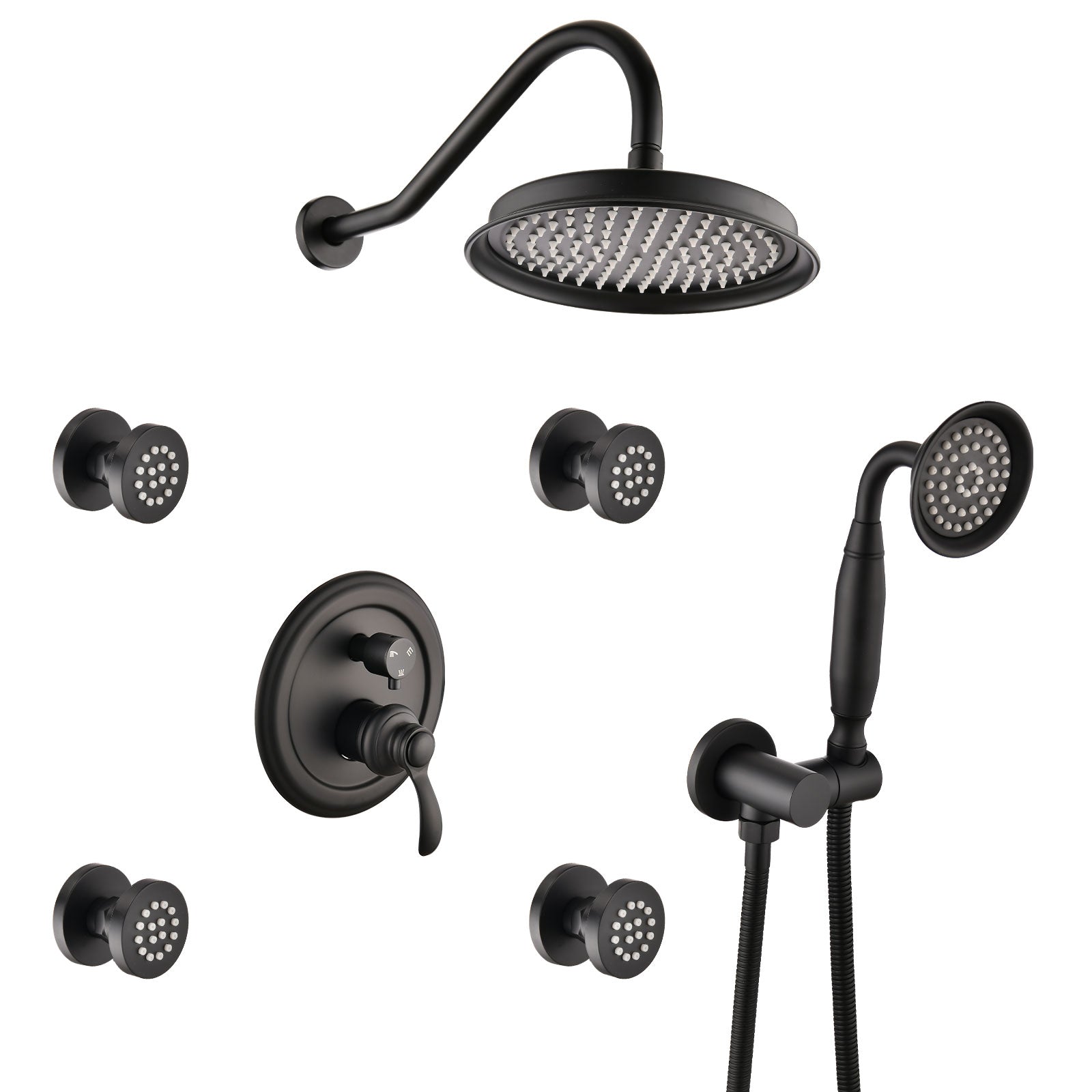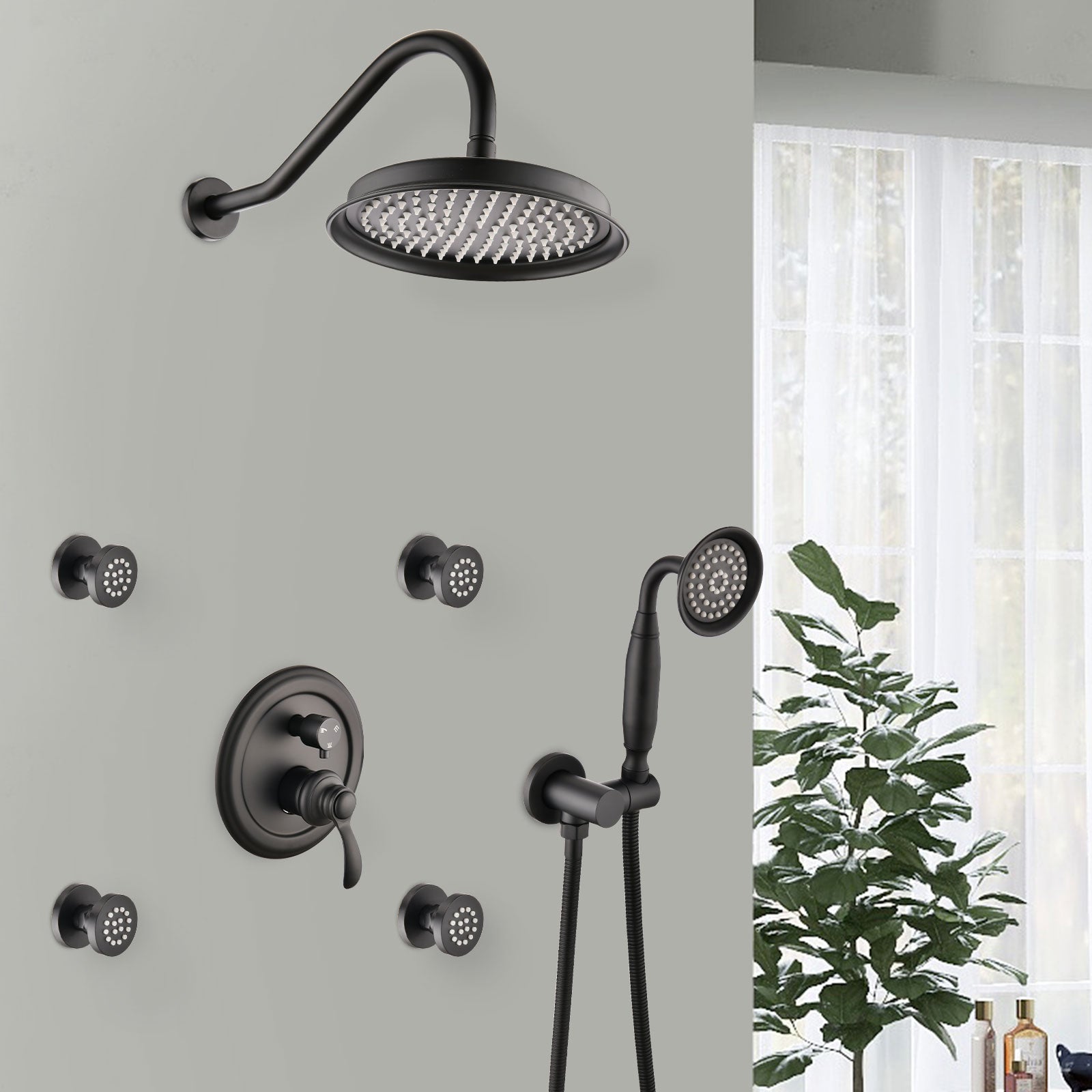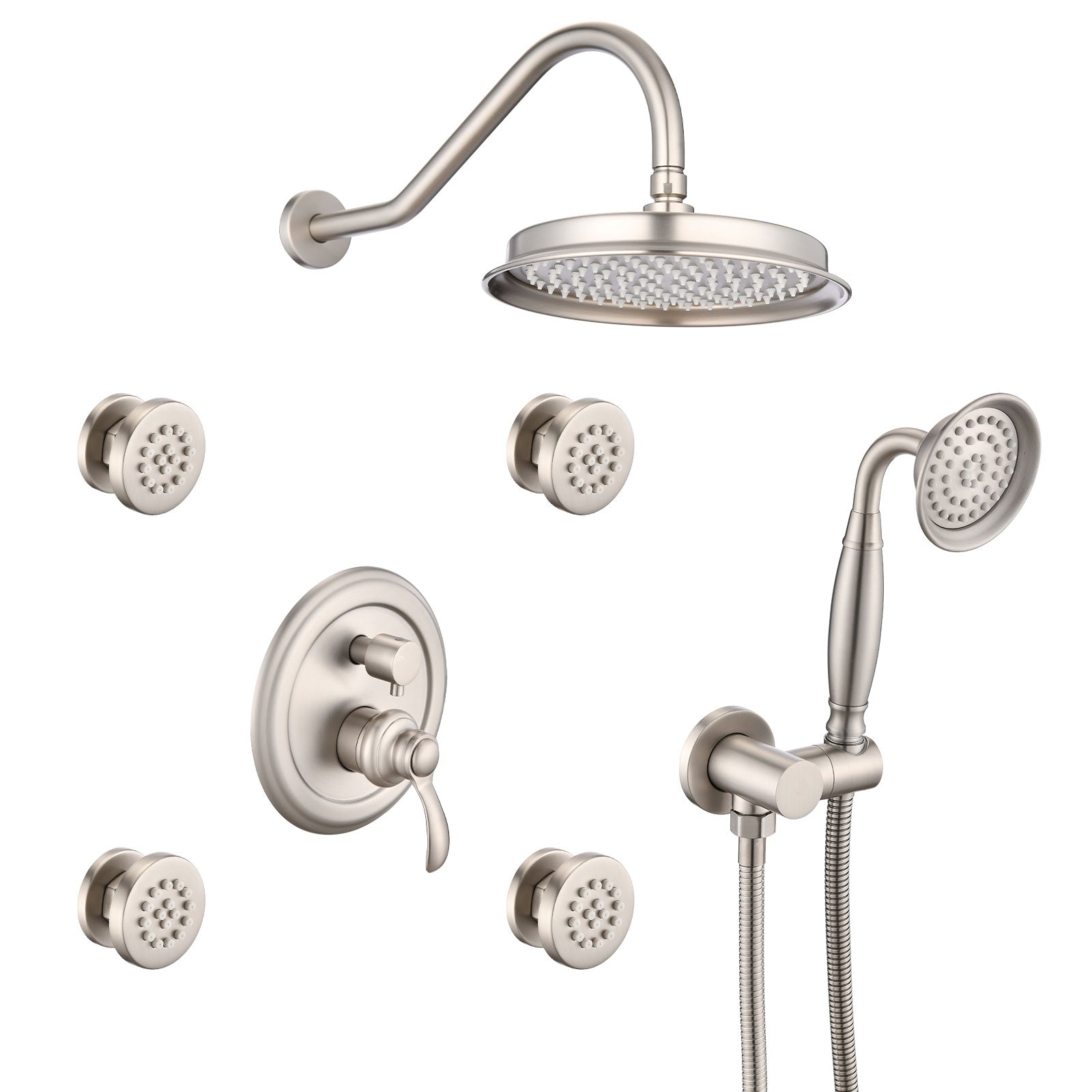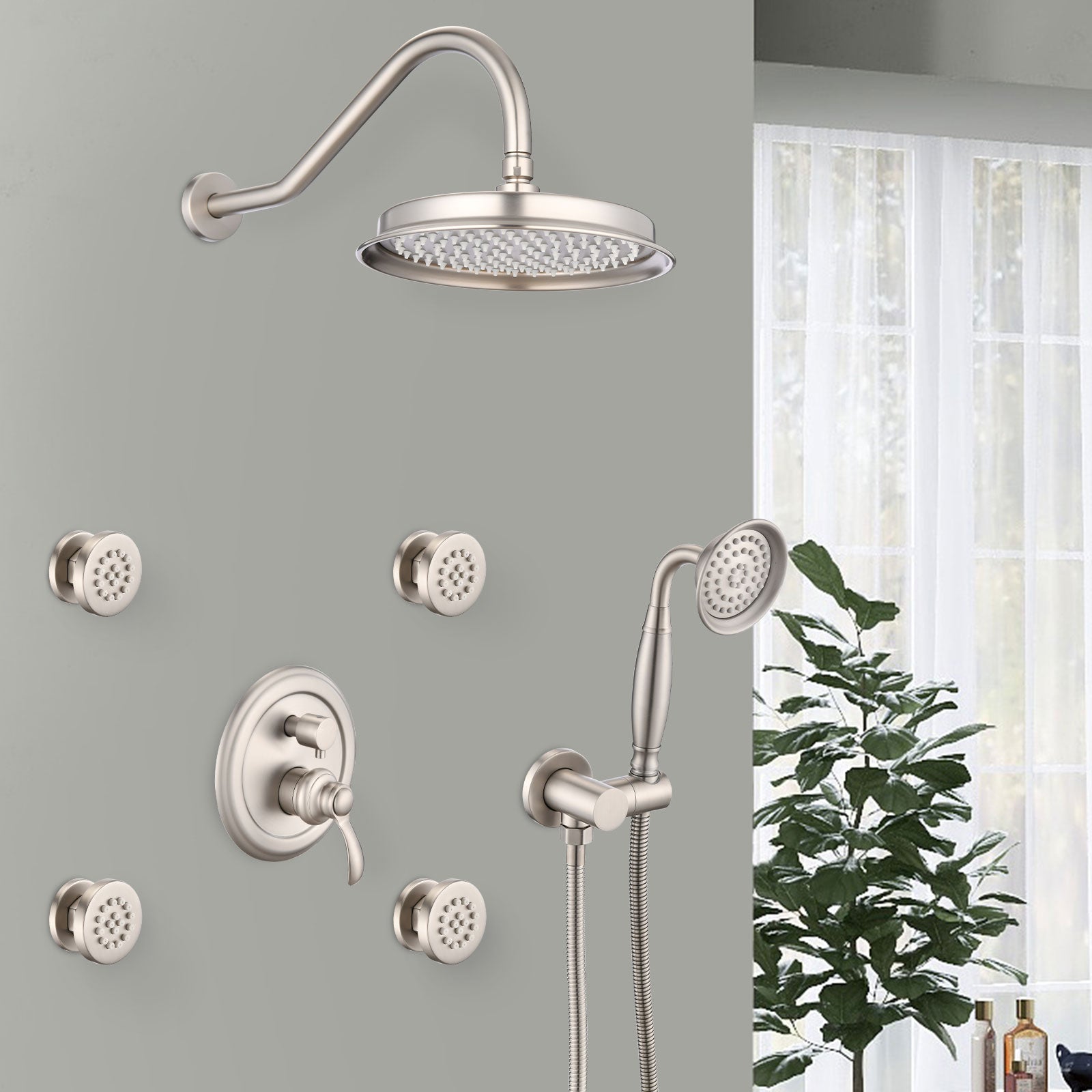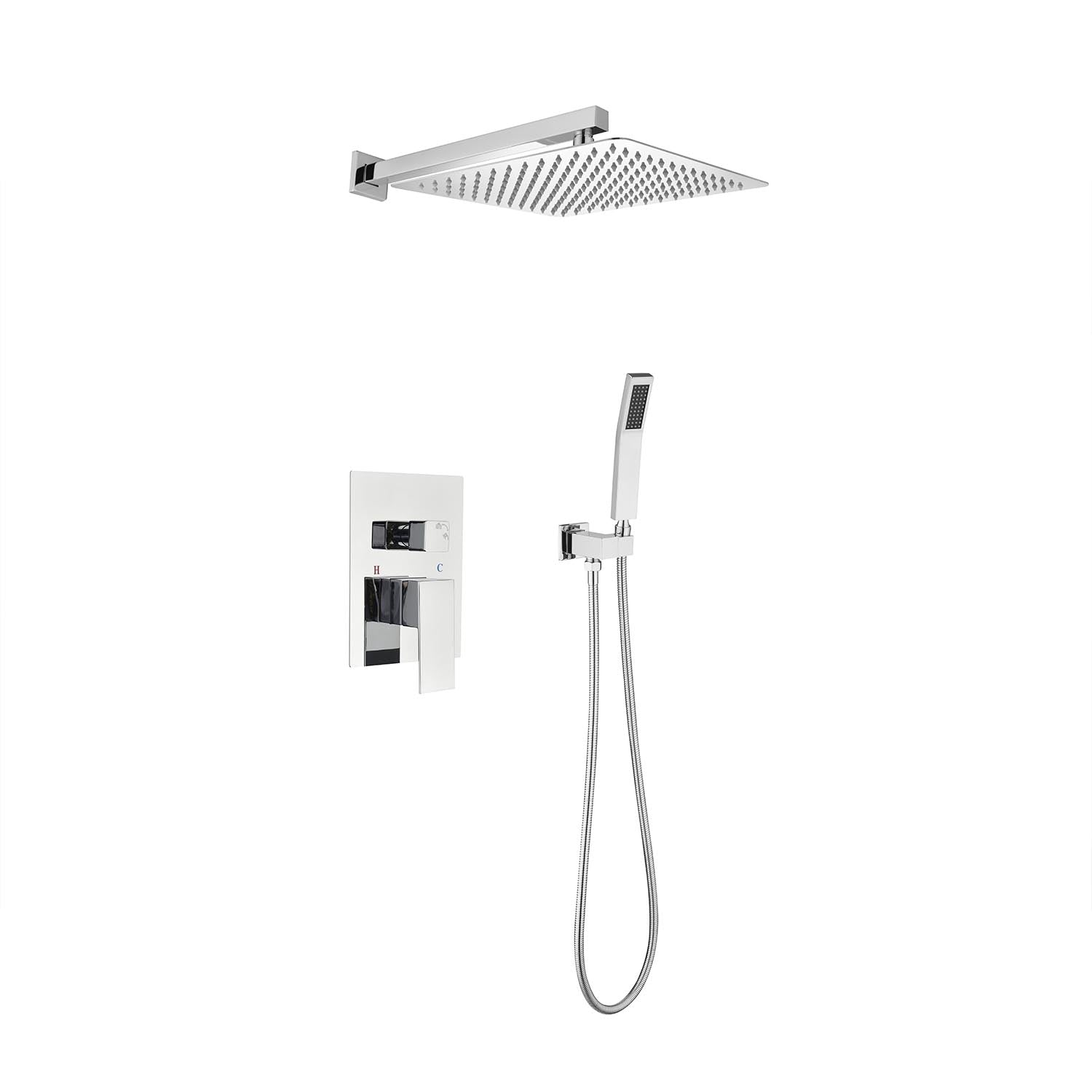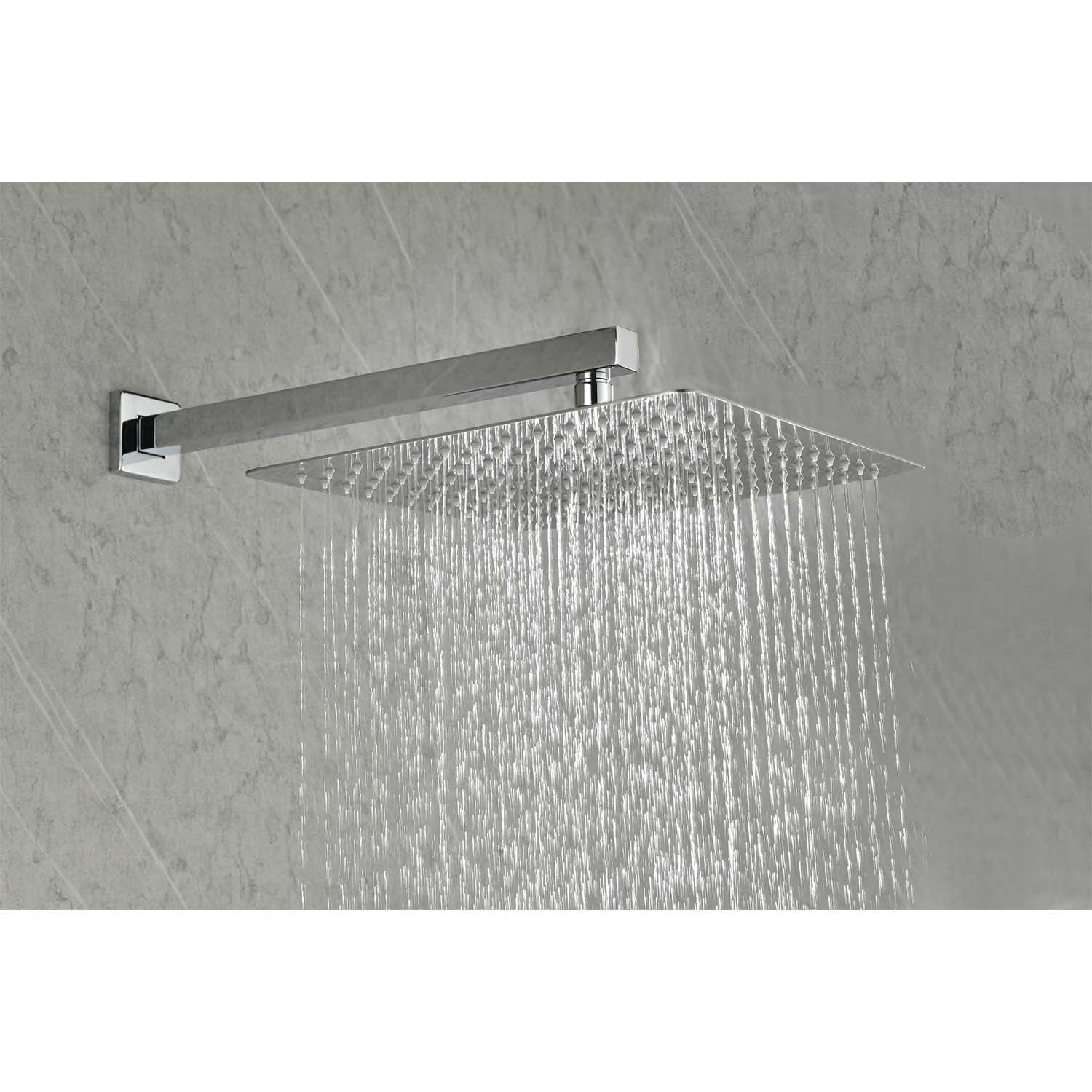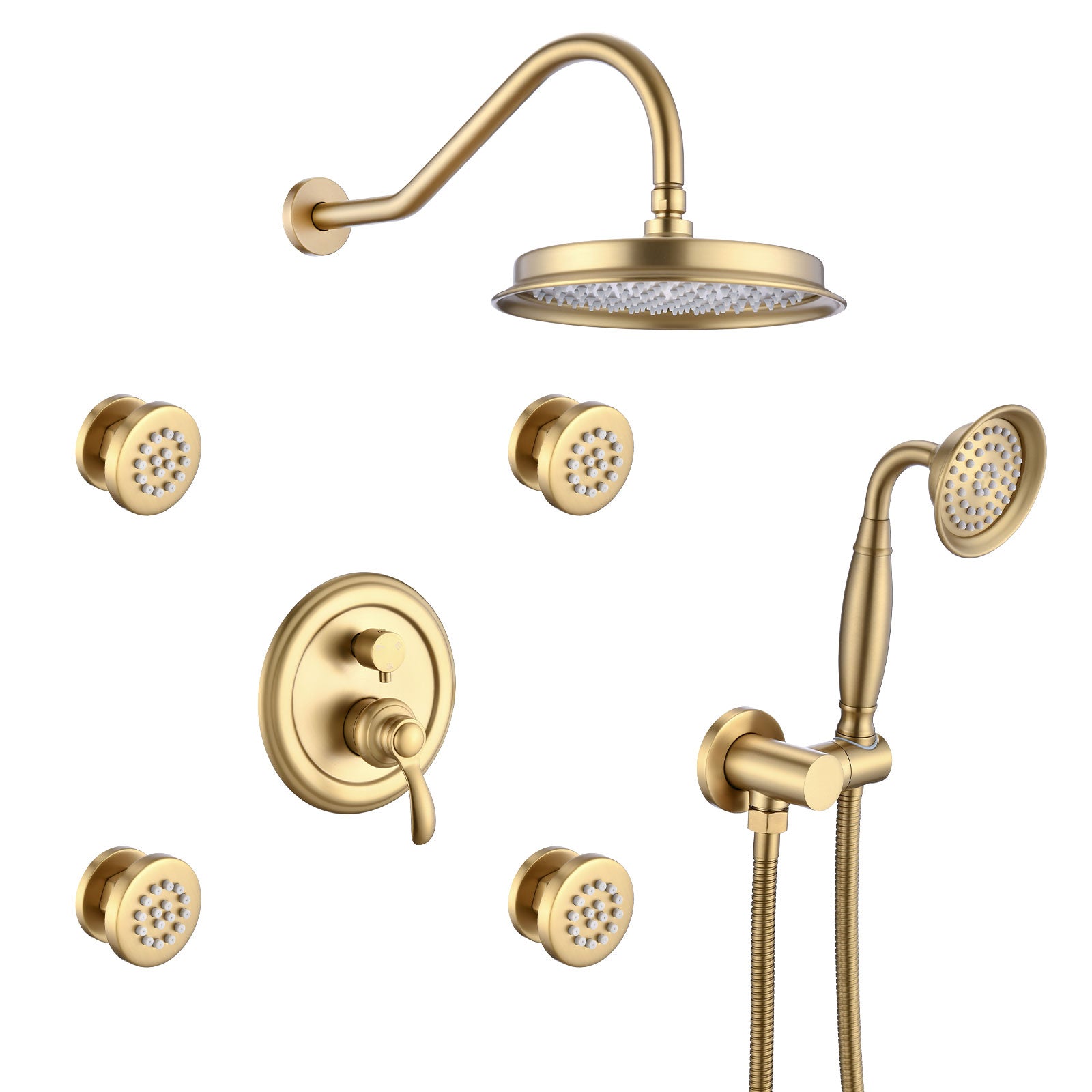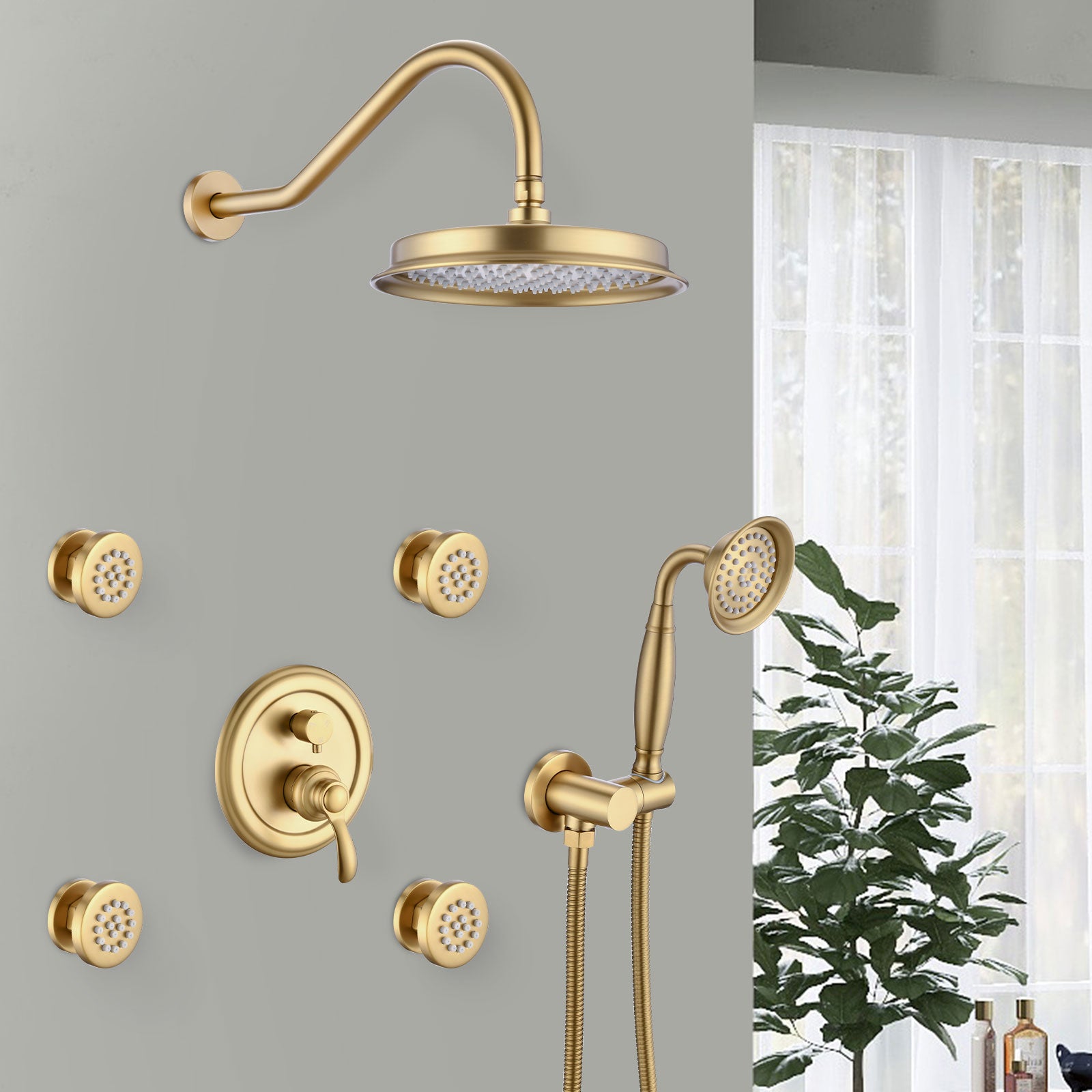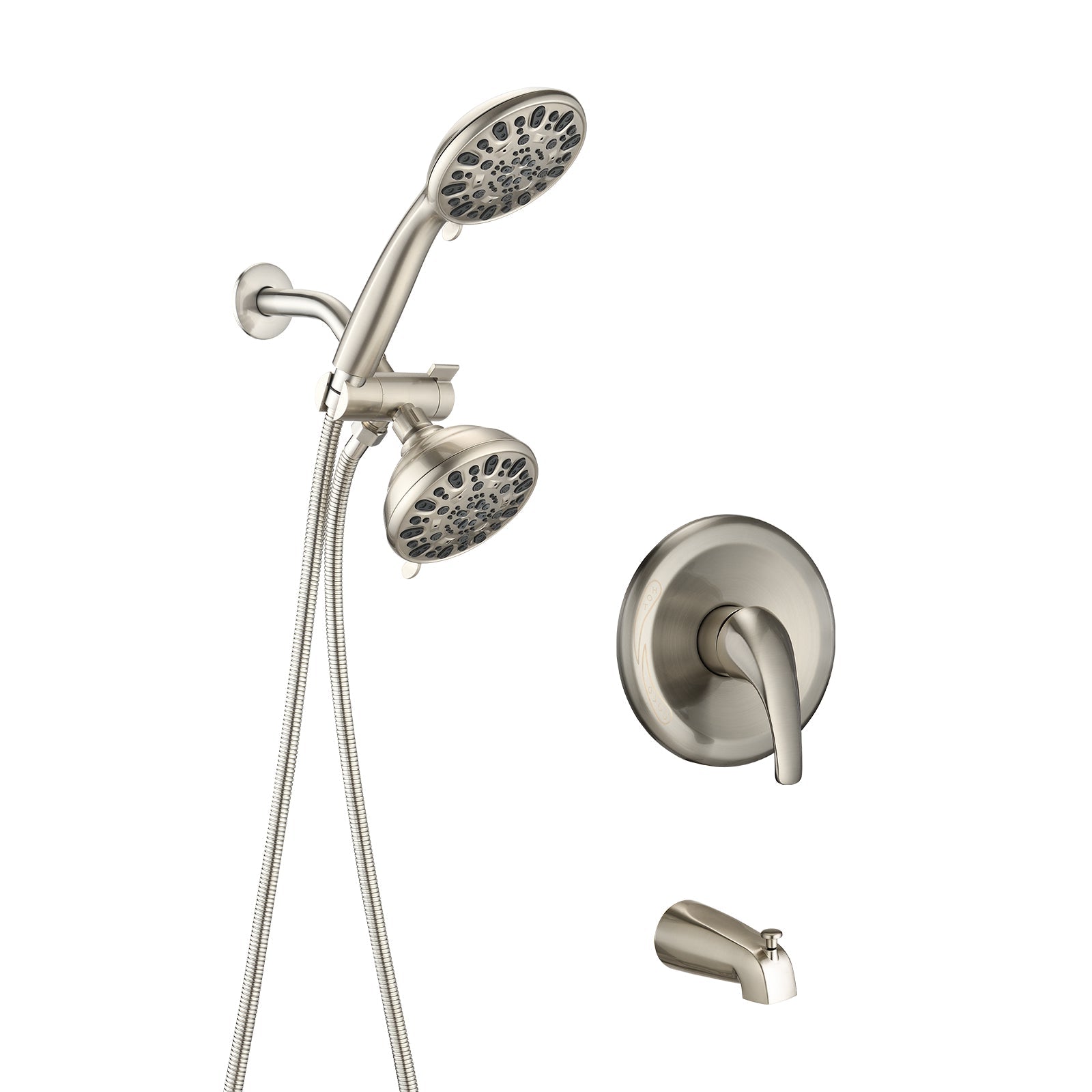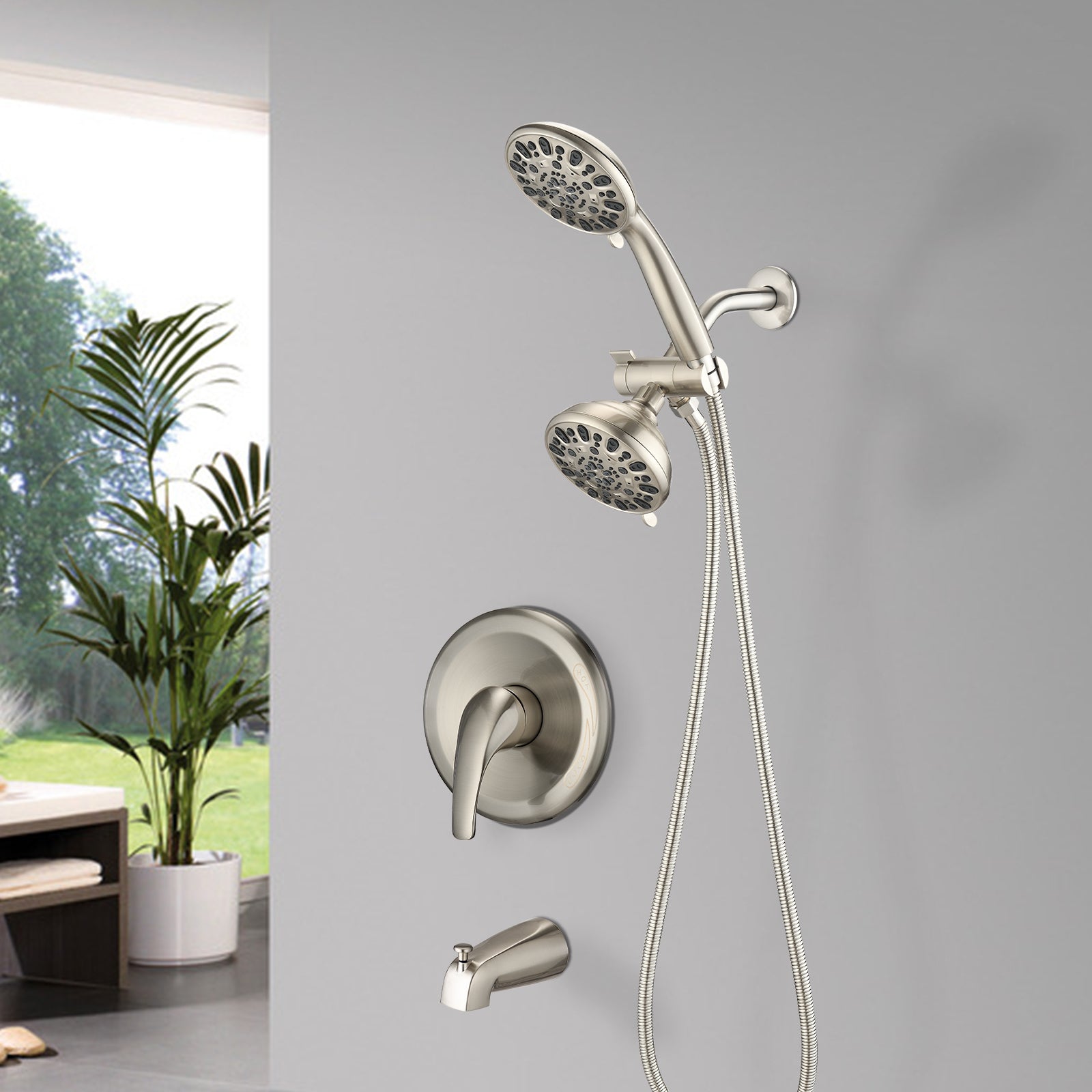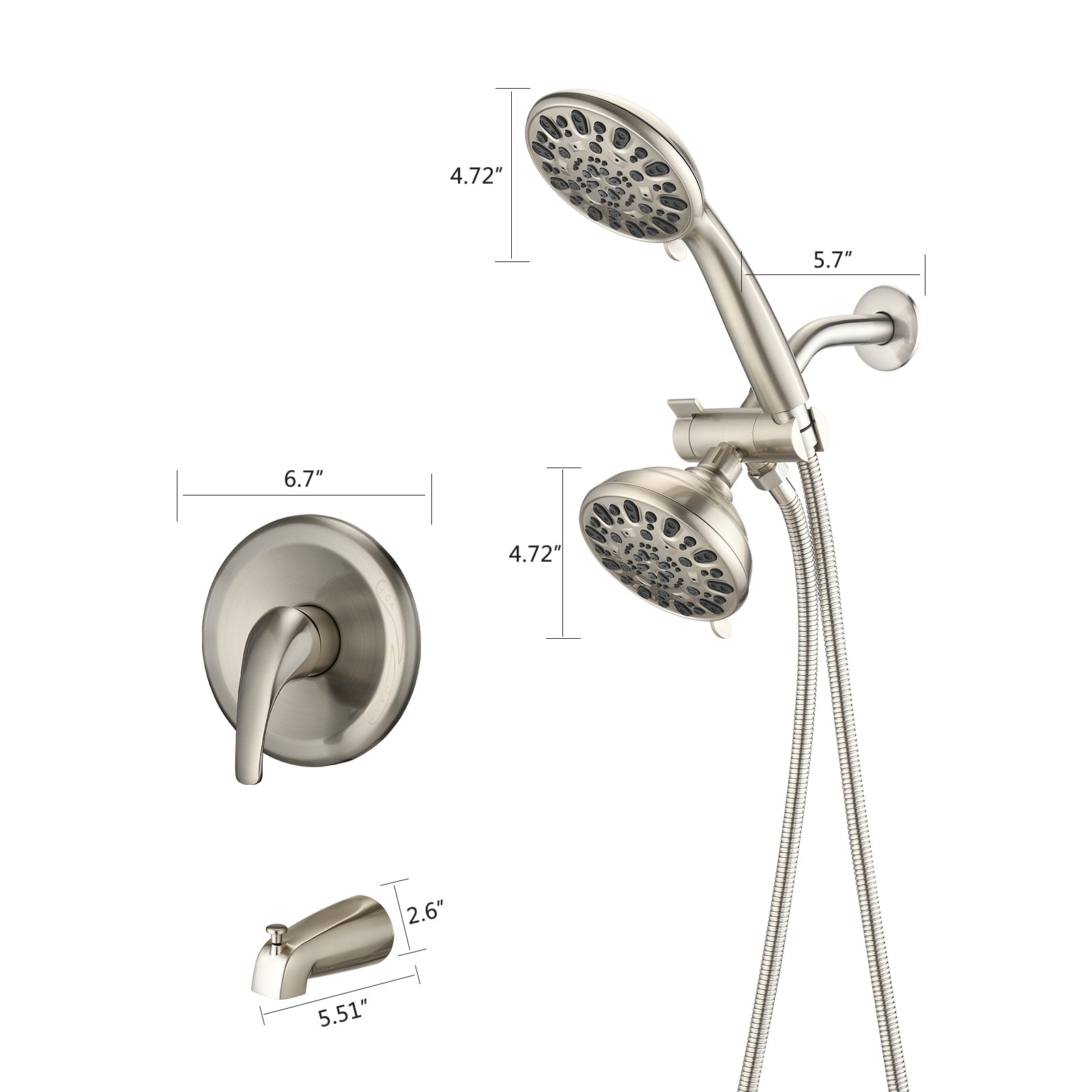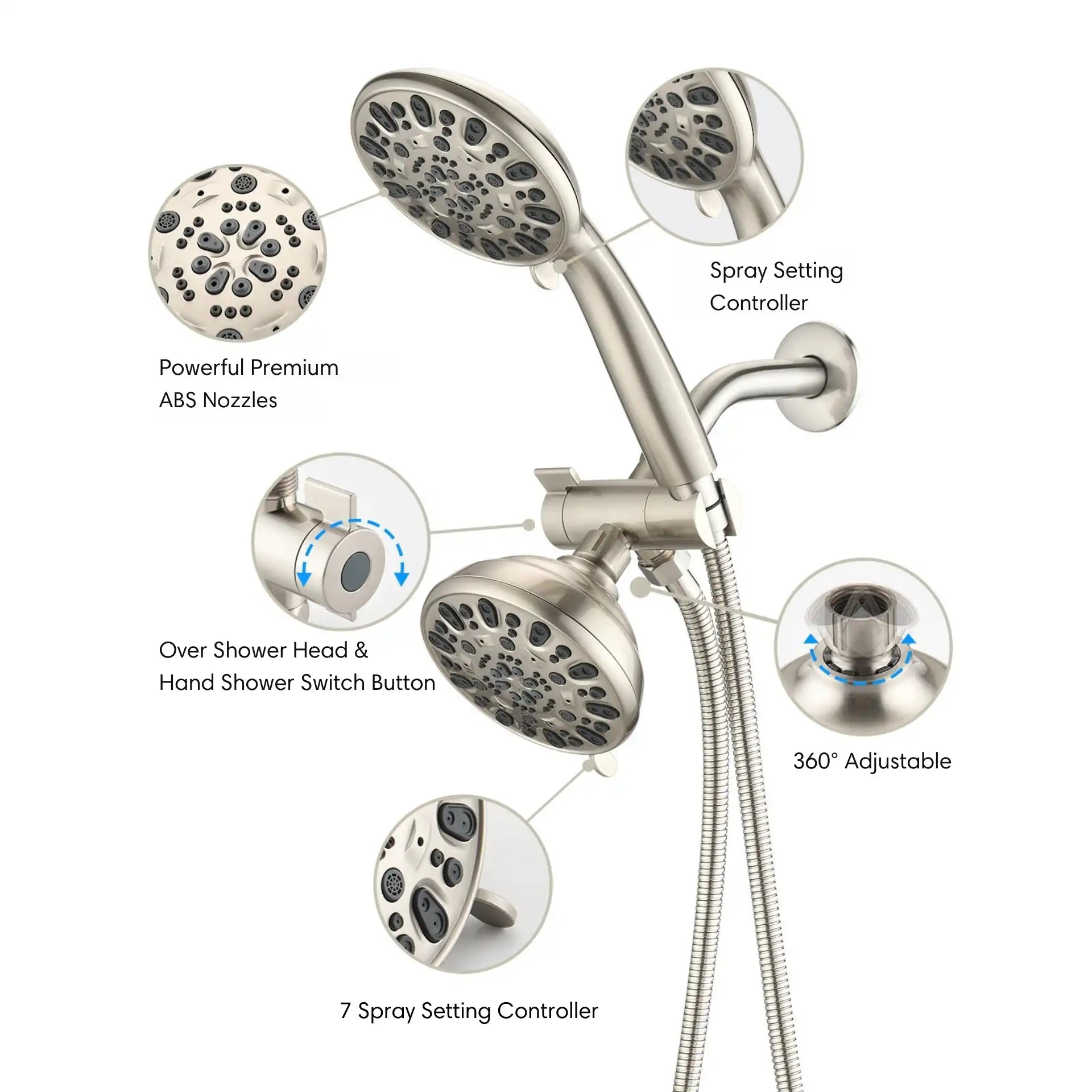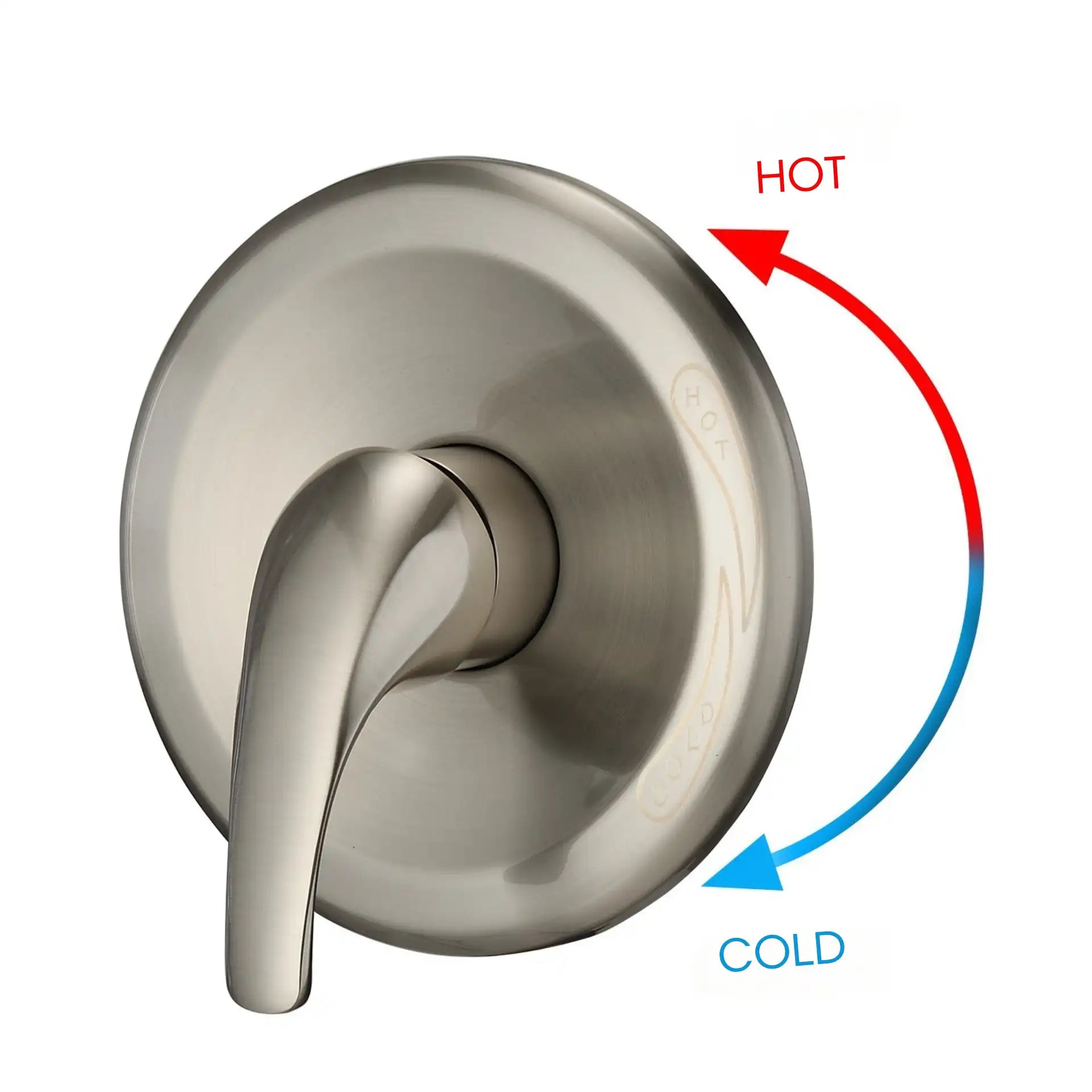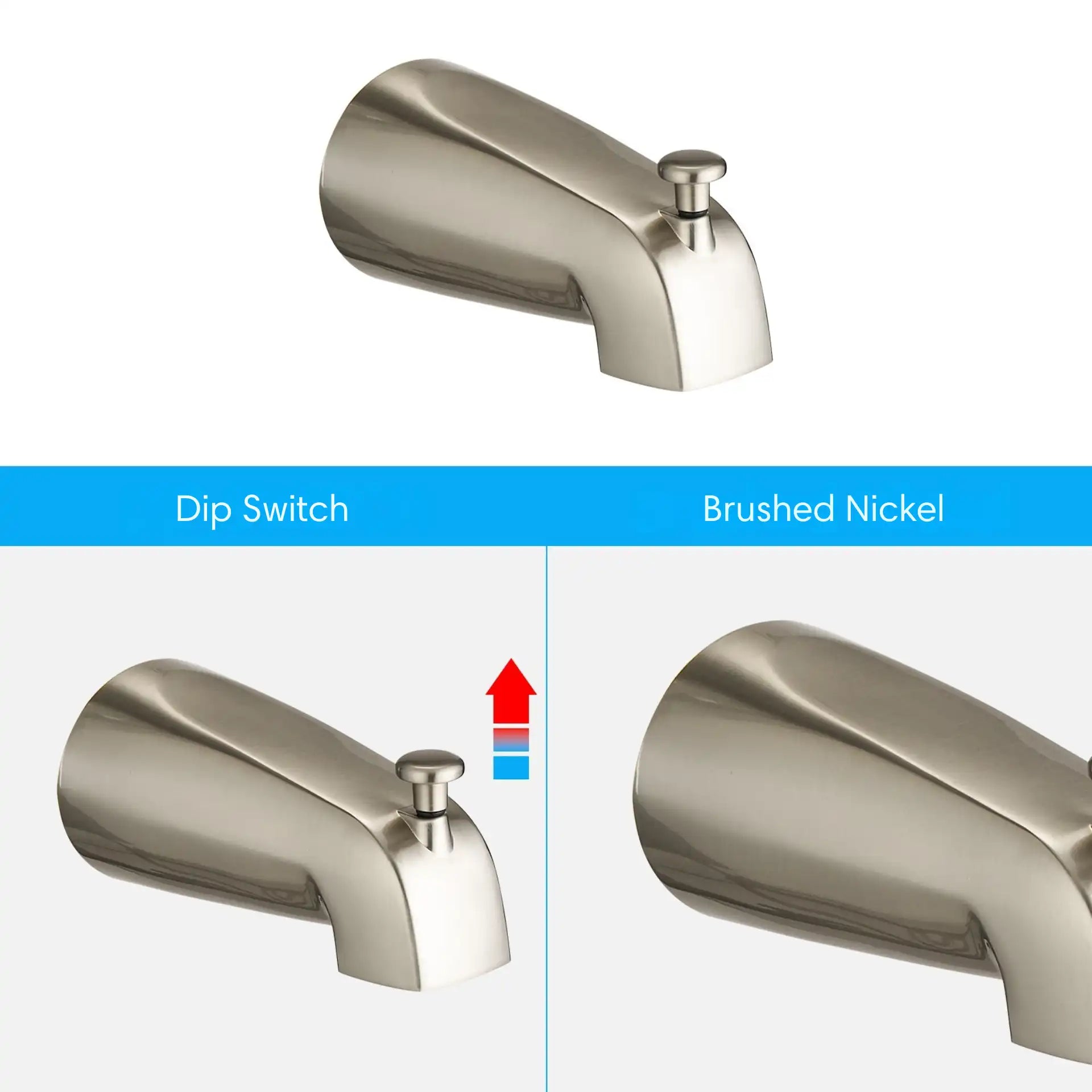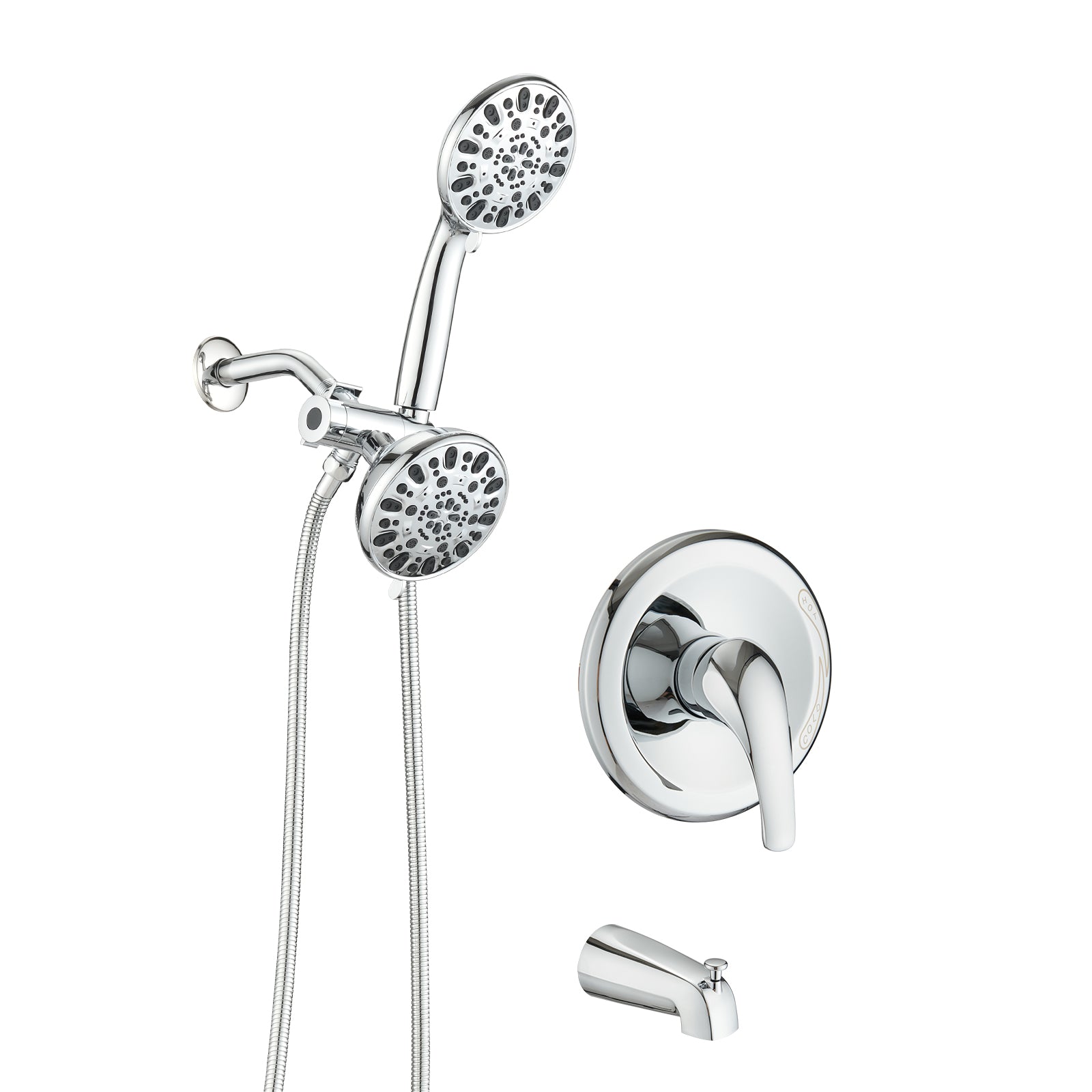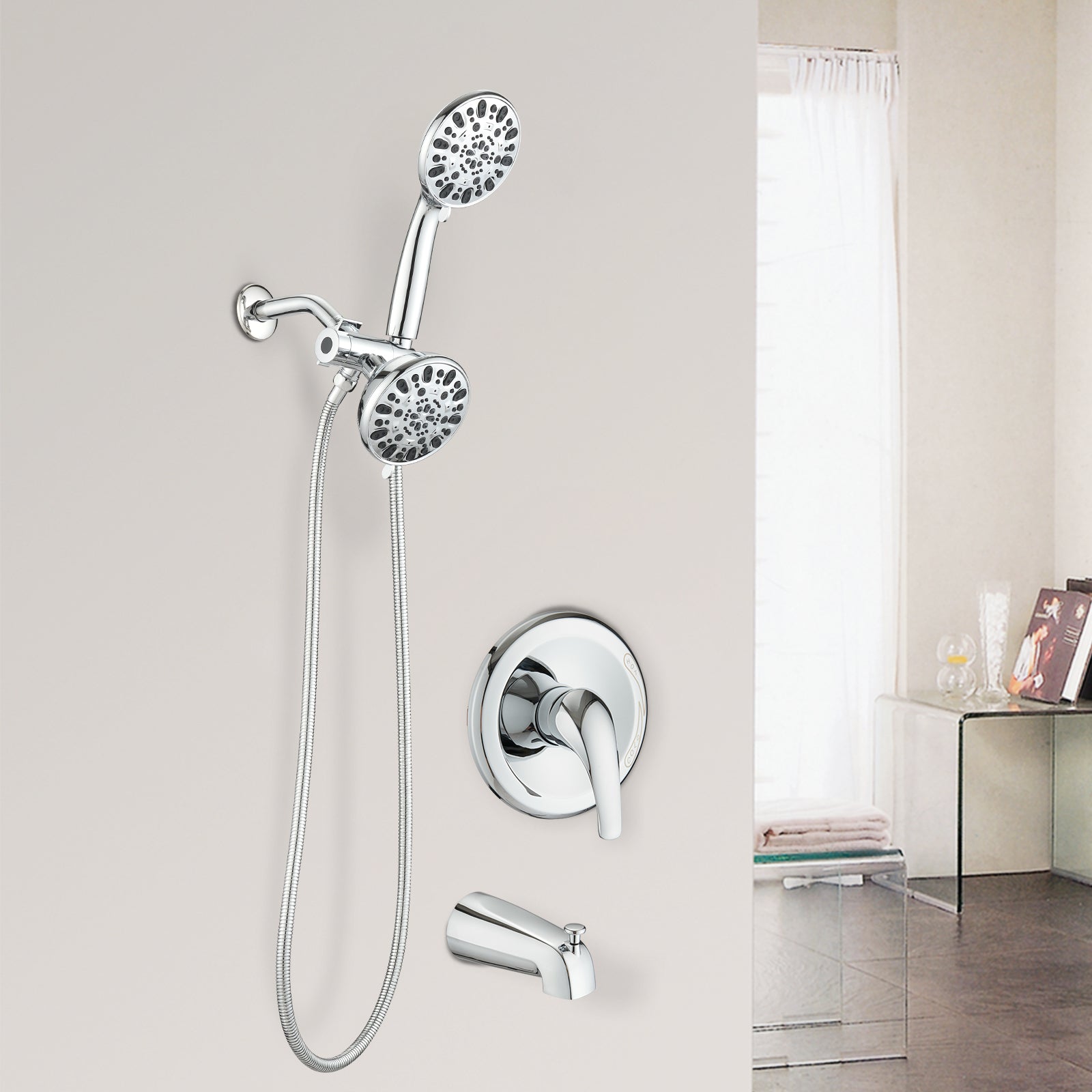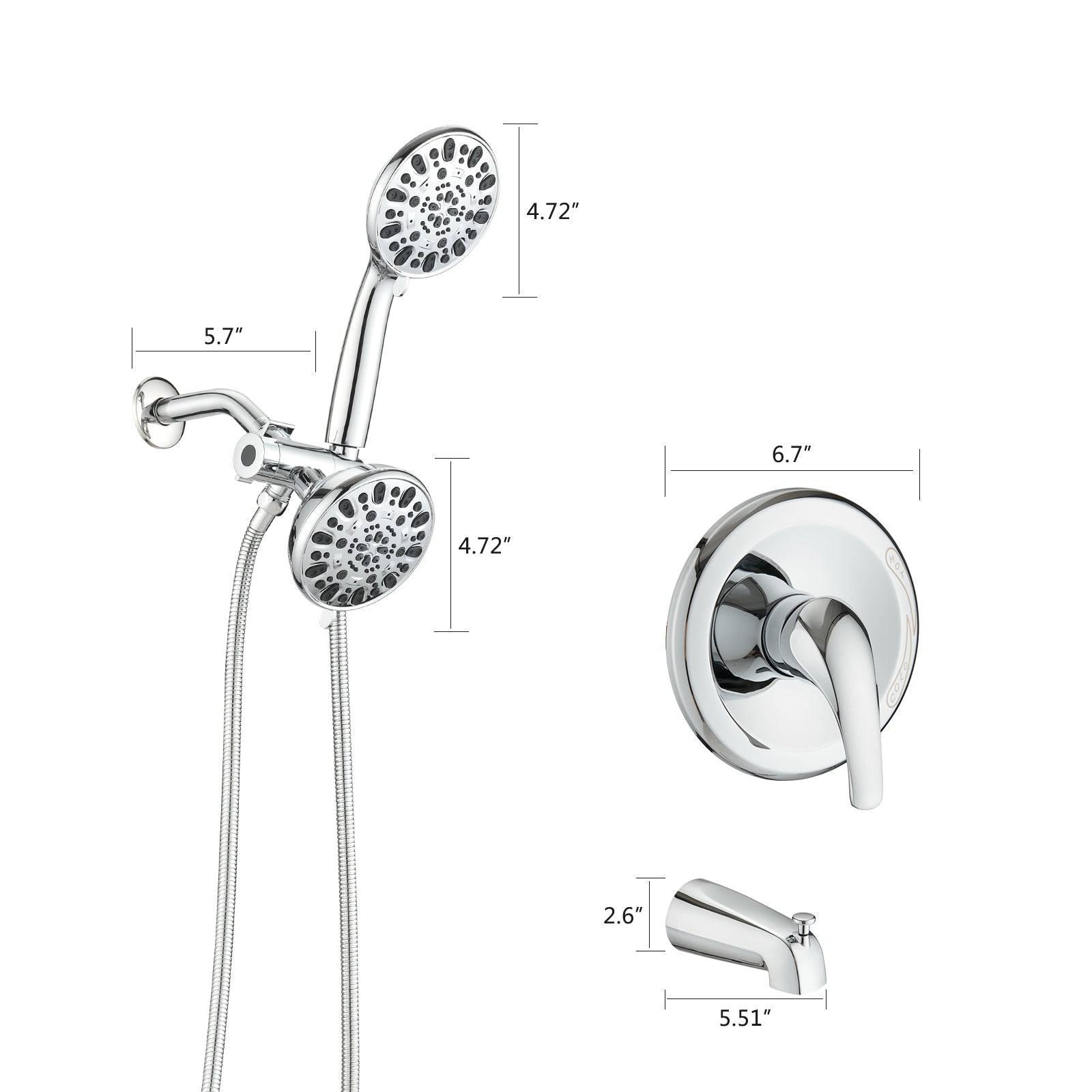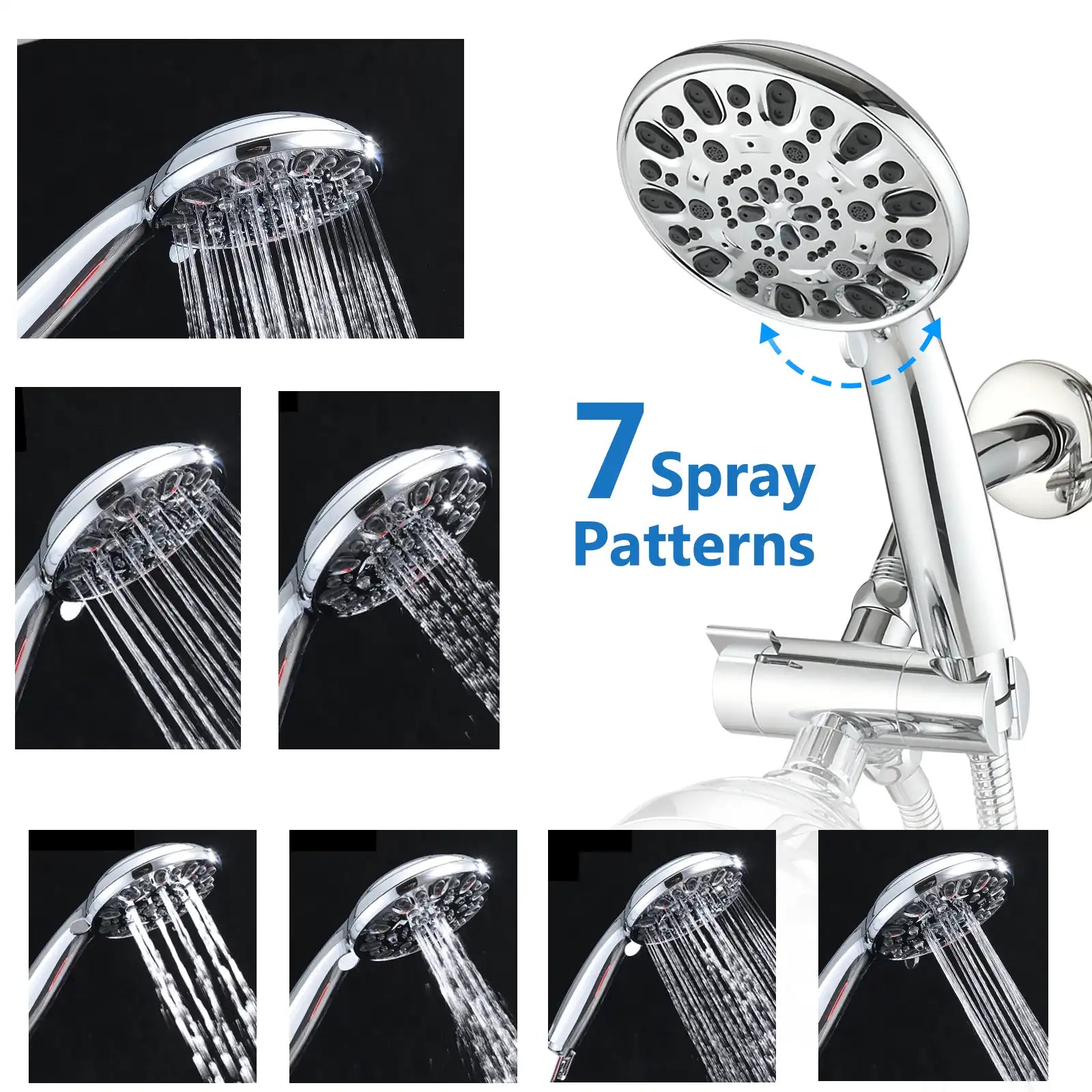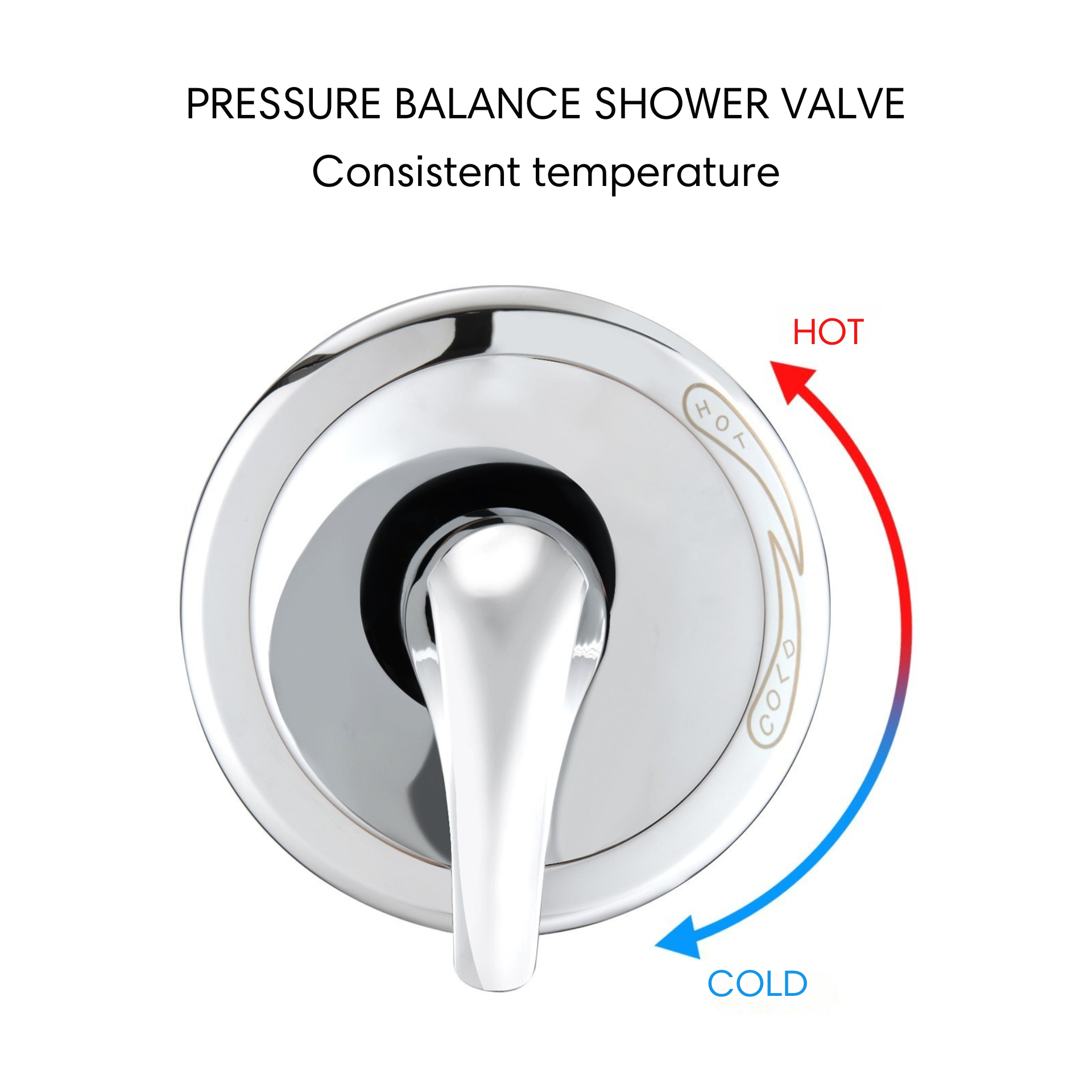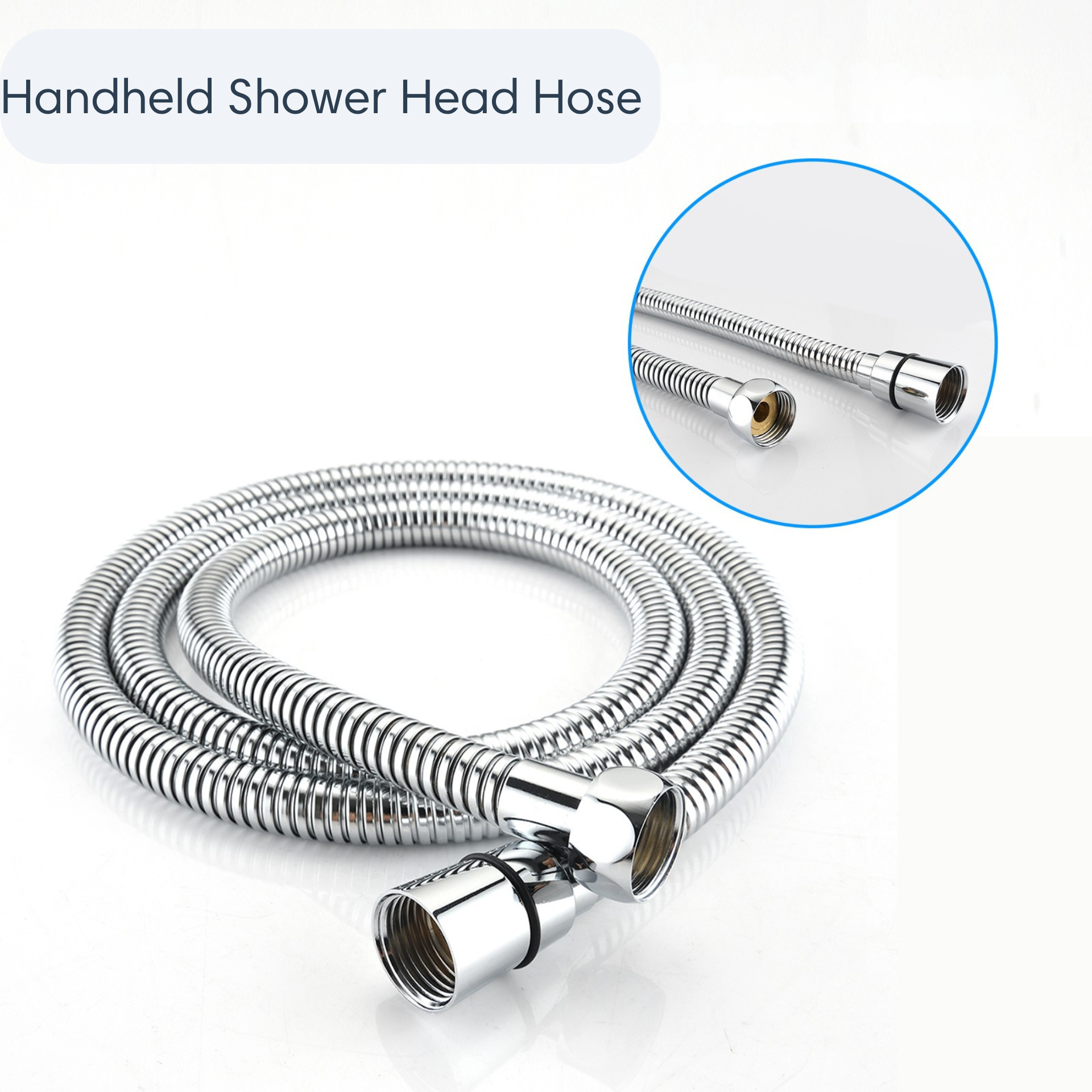Introduction
When it comes to modern bathroom design, functionality and aesthetics must coexist. Among the many decisions homeowners and designers face, choosing between an exposed vs concealed shower system stands out as one of the most influential choices for both the look and practicality of a bathroom.
While both systems provide the same core purpose—delivering a comfortable, efficient showering experience—their structural differences shape everything from installation complexity to long-term maintenance. In this article, we will explore how these two systems differ, their respective advantages and drawbacks, and how you can make the best decision for your space.
Table of Contents:
- What Is an Exposed Shower System?
- What Is a Concealed Shower System?
- Comparing the Two: Advantages and Disadvantages
- How to Choose Between Exposed and Concealed Shower Systems
- Our Recommendation: Complementing Your Shower with Ace Decor Solutions
- Extra Tips for Installing a Shower System
- Conclusion
- FAQ
- Related Articles
1. What Is an Exposed Shower System?

An exposed shower system is one where all key components—the pipes, valves, and mixer are mounted on the outside of the wall. The water supply lines are visible, connecting the controls to the showerhead and handheld sprayer through surface-mounted tubing.
This style is straightforward and immediately recognizable: a complete unit fixed to the wall surface, with no hidden pipework. It’s perfect for situations where one can’t make a permanent change to a wall, such as after a renovation or in a solid masonry wall. Besides, it can beautifully accent the classic or industrial bathroom or adds the design that is entirely about function and accessibility.
2. What Is a Concealed Shower System?

3. Comparing the Two: Advantages and Disadvantages
3.1 Exposed Shower System
Pros
-
Easy installation: Since it does not require wall recessing, an exposed system can be installed at the final stage of renovation, ideal for retrofits or replacements.
-
Straightforward maintenance: All parts are visible, making it easy to identify leaks, replace cartridges, or clean components.
-
Lower cost: Both the installation and future repair expenses are generally less than those of a concealed system.
-
Flexible upgrades: You can replace or upgrade the showerhead, rail, or mixer without major structural changes.
Cons
-
Less aesthetic appeal: Exposed pipes and valves can look bulky or cluttered, especially in small bathrooms.
-
Dust and limescale accumulation: The visible parts require regular cleaning to maintain their shine.
-
Limited design integration: It may clash with minimalist or high-end bathroom styles.
For those prioritizing practicality and convenience, the exposed shower system remains a functional, user-friendly choice.
3.2 Concealed Shower System
Pros
-
Minimalist design: With all pipework hidden behind the wall, the appearance is sleek and modern, offering a sense of spaciousness even in compact bathrooms.
-
Enhanced safety: No exposed metal parts mean less chance of accidental burns or physical obstruction.
-
Hygienic surface: Flat wall panels prevent soap residue and limescale from accumulating.
-
Stable performance: When properly installed, the concealed setup can provide better temperature control and quieter water flow.
Cons
-
Complex installation: Requires professional fitting during the wall construction stage; unsuitable for finished walls.
-
Challenging maintenance: Repairing internal leaks or faulty valves may involve removing tiles or wall sections.
-
Hidden risks: Leaks can go unnoticed for years, causing internal moisture damage before detection.
-
Spare parts availability: As systems age, replacement components may become harder to source, potentially requiring a full replacement rather than repair.
For homeowners who value clean lines and a modern, built-in look, the concealed shower system is a refined, space-saving solution.
4. How to Choose Between Exposed and Concealed Shower Systems
Whether you should go for exposed or concealed plumbing depends on a variety of factors:
-
Renovation stage: If you are working with an existing bathroom and want to avoid extensive wall work, the exposed option is easier. For new constructions or full remodels, concealed systems offer a cleaner result.
-
Design style: Minimalist and modern interiors benefit from concealed designs, while classic or industrial styles can embrace exposed piping as a feature.
-
Maintenance expectations: If easy access is a priority, exposed systems clearly win.
-
Budget: Concealed setups typically involve higher upfront costs but can enhance property value through design appeal.
In short, evaluate your space, lifestyle, and renovation plans before deciding. A well-chosen system will not only make your daily life more comfortable but also support the long-term durability of your bathroom.

5. Our Recommendation: Complementing Your Shower with Ace Decor Solutions
For most remodels and new builds, we suggest starting with a reliable shower system to set the tone for performance and comfort in the space. At Ace Decor, our shower system selection is centered around concealed configurations—picked for their streamlined look, accurate temperature control, and long-term performance if installed correctly.
Once the plumbing core is set, complete the space with a shower door that enhances function and protects the envelope. That’s where our expertise truly shines. Ace Decor specializes in high-quality shower doors—the element that unites design and performance in any bathroom. Our collections feature a variety of configurations, including frameless, semi-framed, pivot and sliding options, each crafted for durability, watertight sealing, and modern aesthetics.
Whether your project features a sleek concealed installation or a practical exposed system, our shower doors provide the perfect complement. Built from premium materials and designed to fit diverse spaces, they ensure long-term clarity, corrosion resistance, and smooth operation.
6. Extra Tips for Installing a Shower System
Plan early, match components to your water conditions, and verify performance before closing the wall.
-
Plan the layout early
Fix valve height, outlet positions, and wall type before tiling. Concealed systems require precise recess space and routing.
-
Match water pressure & flow
Confirm mixer and showerhead ratings. Low pressure can underperform rain heads; excessive pressure may stress valves.
-
Use proper waterproofing
Install membranes, seal penetrations, and insulate cavities to prevent hidden leaks—critical for concealed setups.
-
Test before closing the wall
Do a full pressure test and check for drips or pressure fluctuations. Only tile or panel after passing inspection.
-
Plan future service access
Where possible, include an access panel or document valve locations to simplify maintenance over the product’s lifecycle.
7. Conclusion
Overall, both shower systems can be used in the bathroom and provide a convenient source of a refreshing element in just about any bathroom project; however, they are used for different purposes. The exposed shower system is appropriate for renovations; it is easy to maintain, has a simple design, and it is cheaper to install, which can be essential for small, budget-and time-conscious projects. At the same time, the concealed shower system adds to modern design and enhances the overall stylishness of the bathroom, yet it requires more attention to the details of the bath project and professional installer.
Ultimately, the right choice depends on your priorities: convenience versus aesthetics, accessibility versus seamless design. With careful planning, either system can provide years of reliable performance and everyday comfort.
8. FAQ
Q1: Which shower system is easier to install?
Q2: Is a concealed shower system worth the extra cost?
Q3: How do I detect a leak in a concealed shower?
Q4: Can I convert from an exposed to a concealed system later?
Q5: How can I maintain the longevity of my shower system?
9. Related Articles
Looking to explore more insights about modern shower systems? Discover our collection of expert guides covering installation advice and design trends.
Step into Tomorrow: The Luxury and Functionality of Digital Shower Systems
Customize Your Shower Experience: The Versatility of Full Body Shower Systems
The Surprising Health Benefits of a Steam Shower System
Best Shower Systems 2025: Top Picks Shower Systems for Your Home


